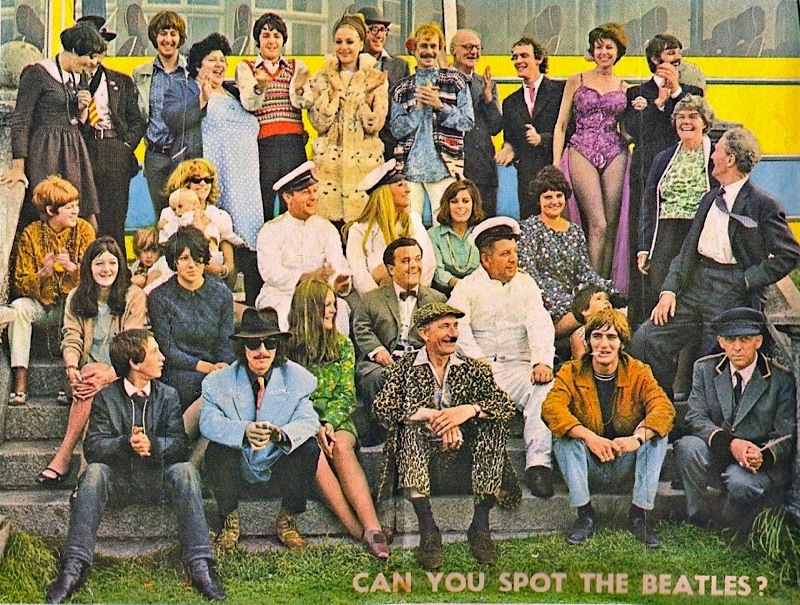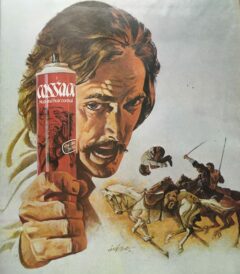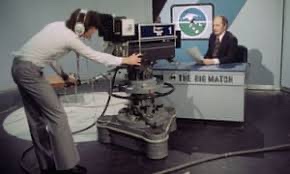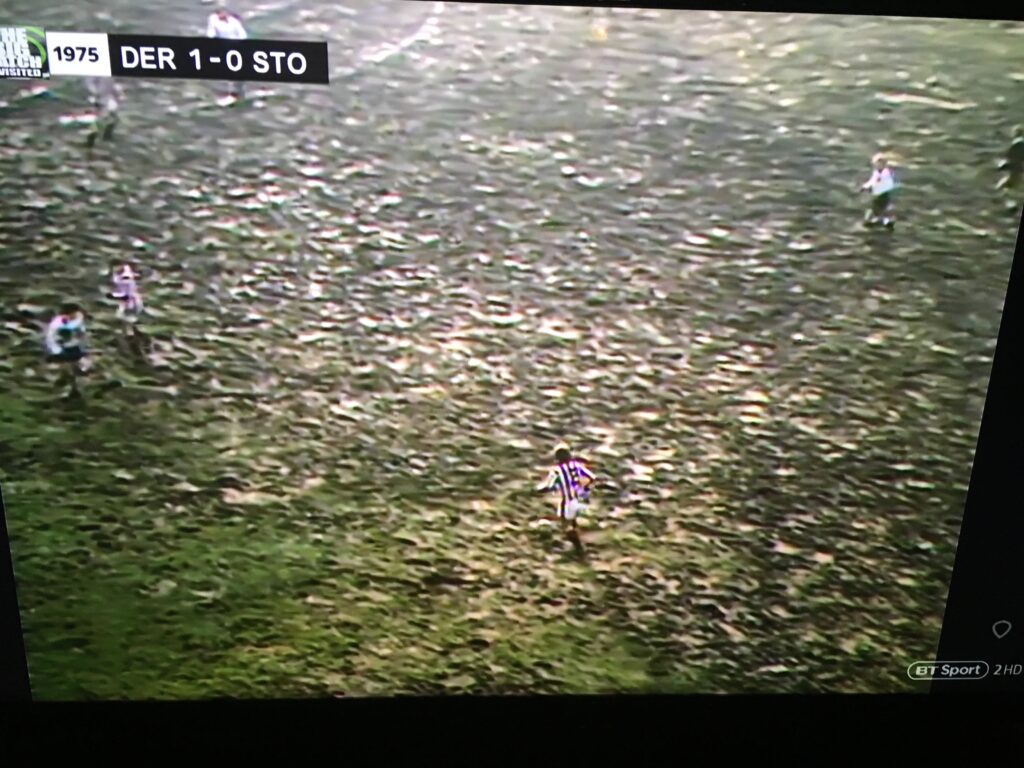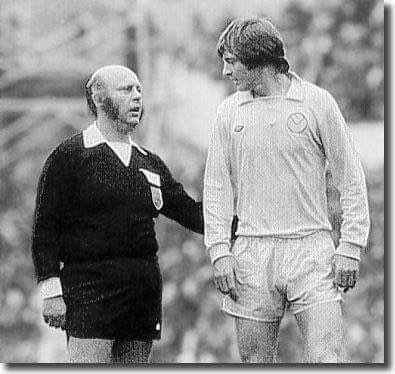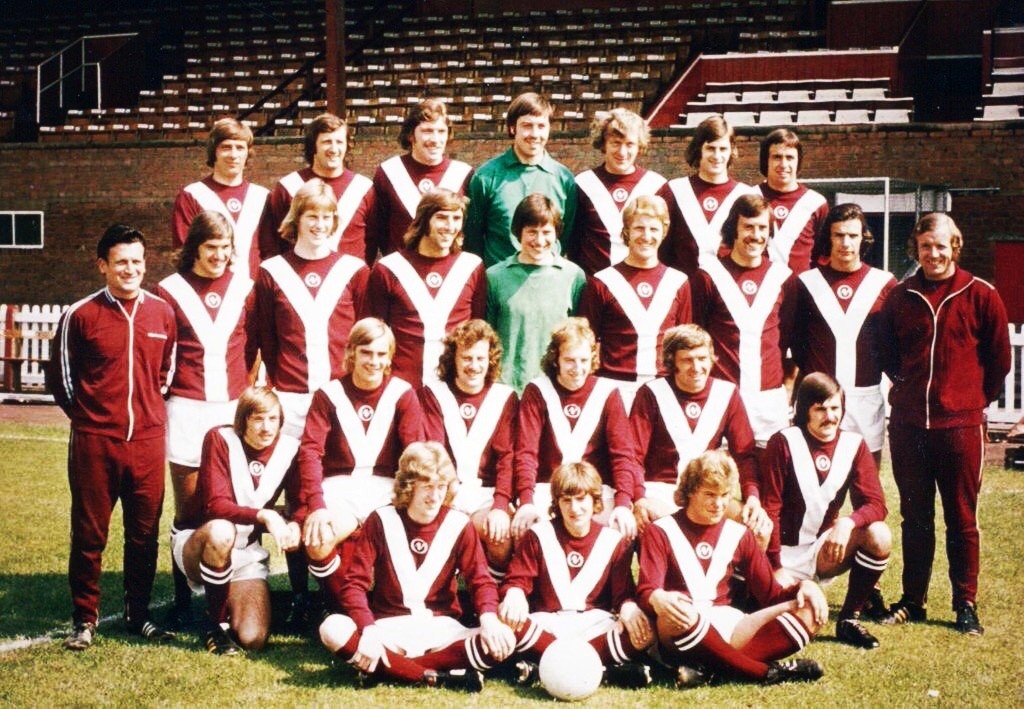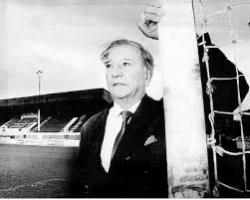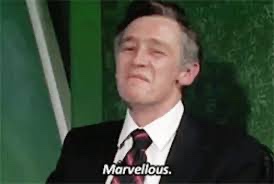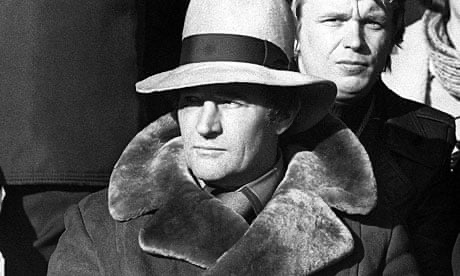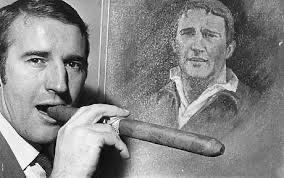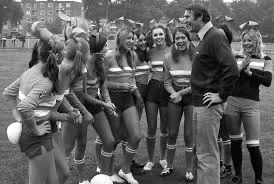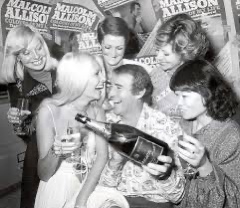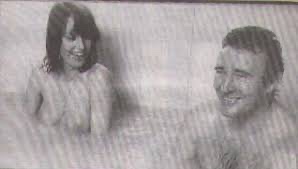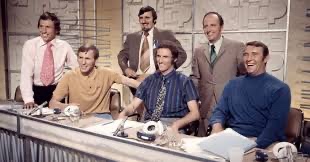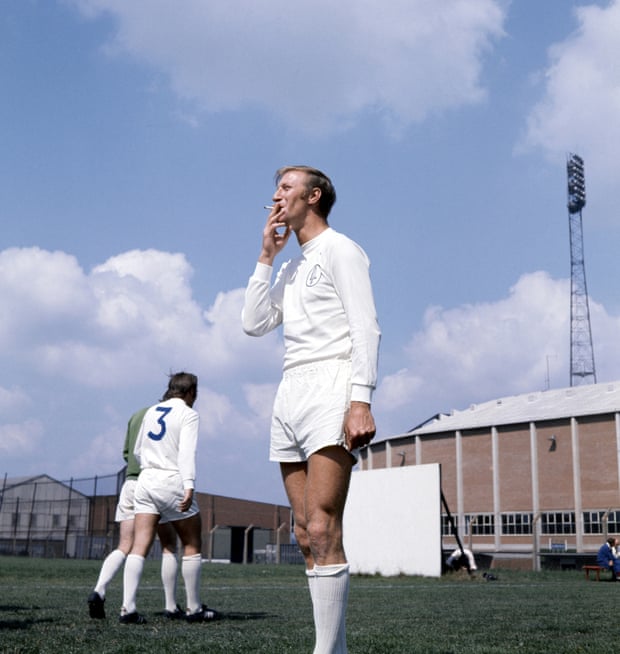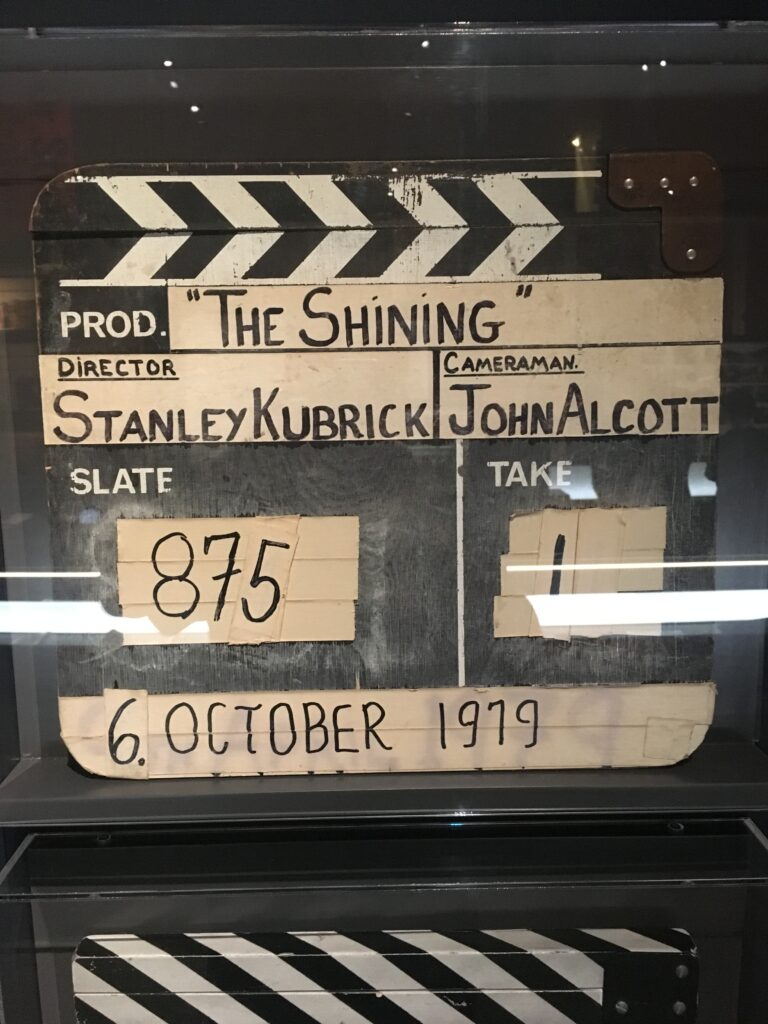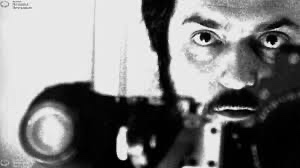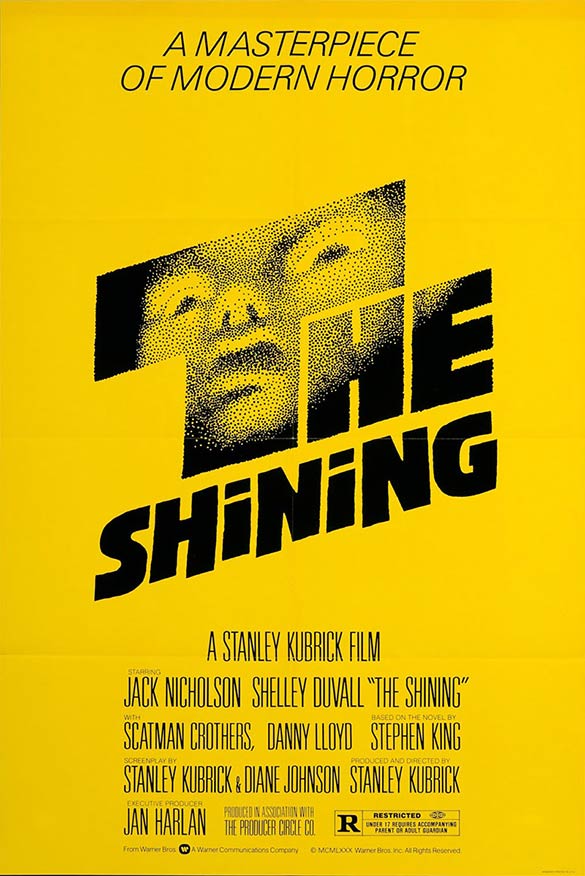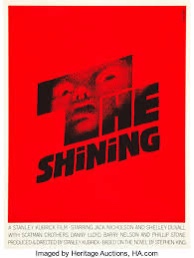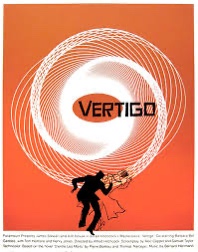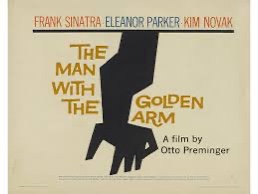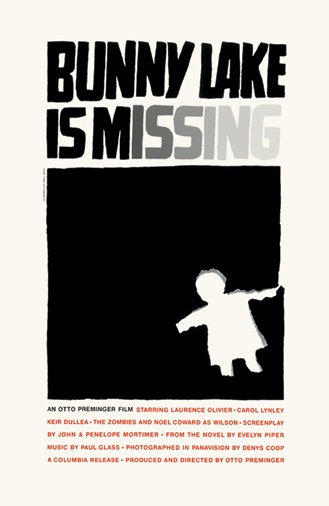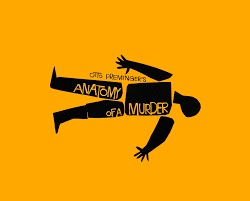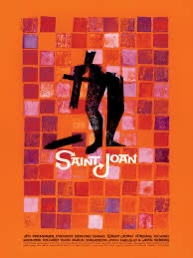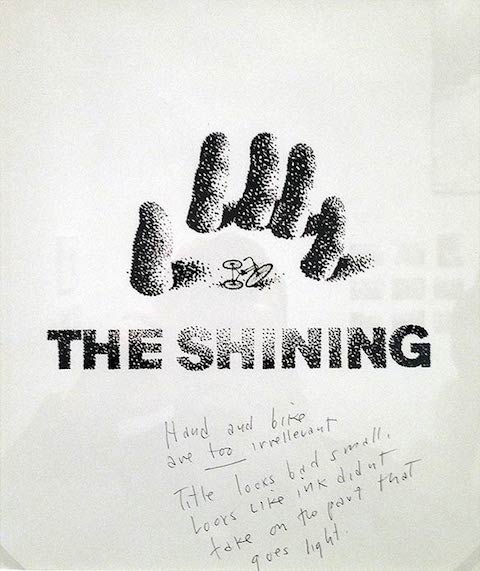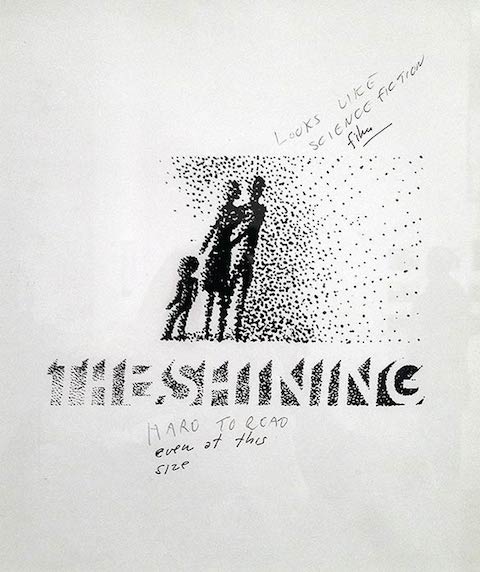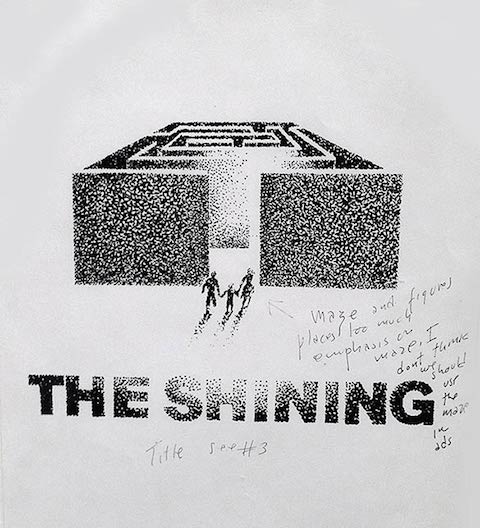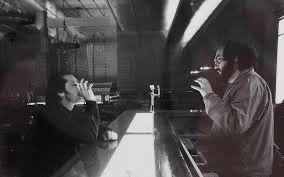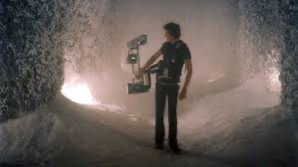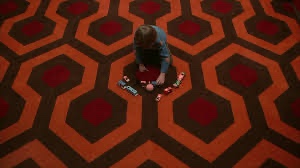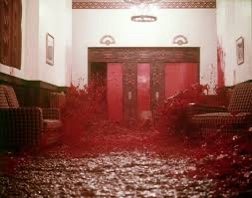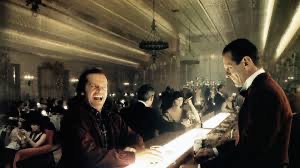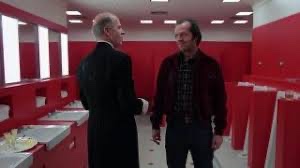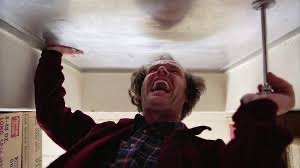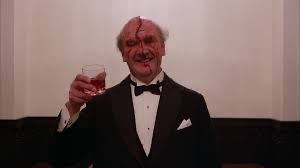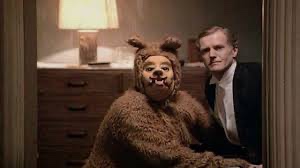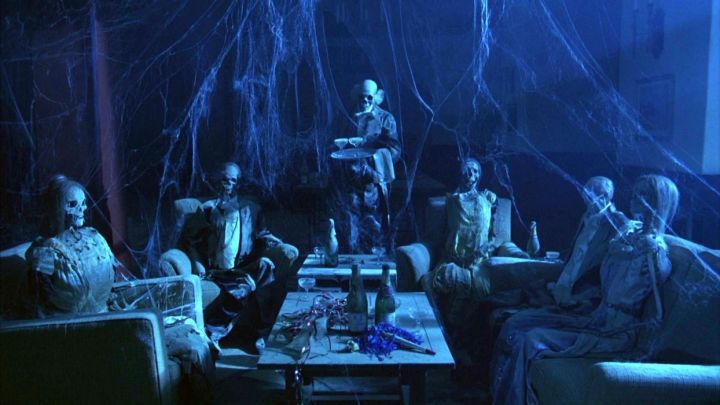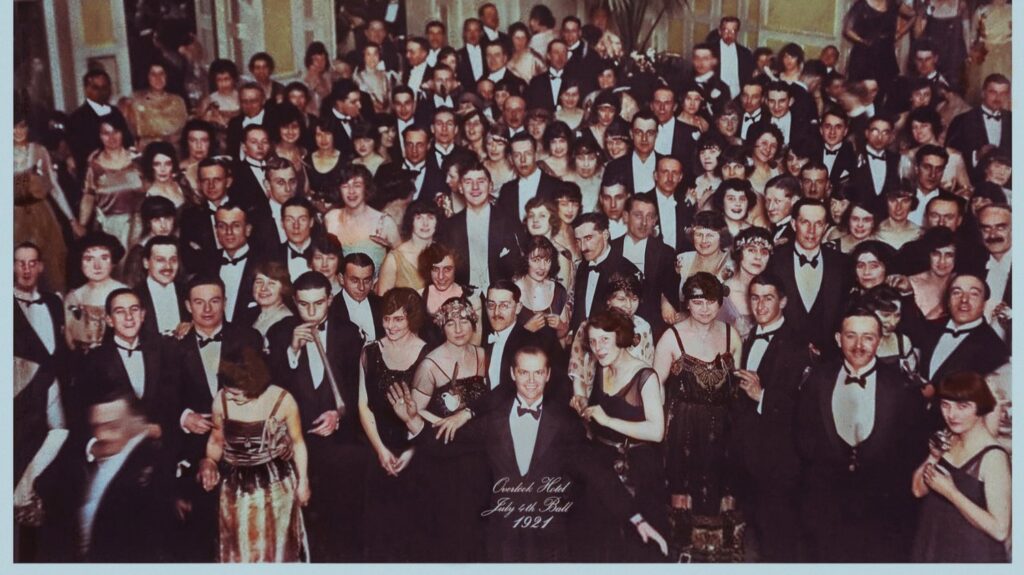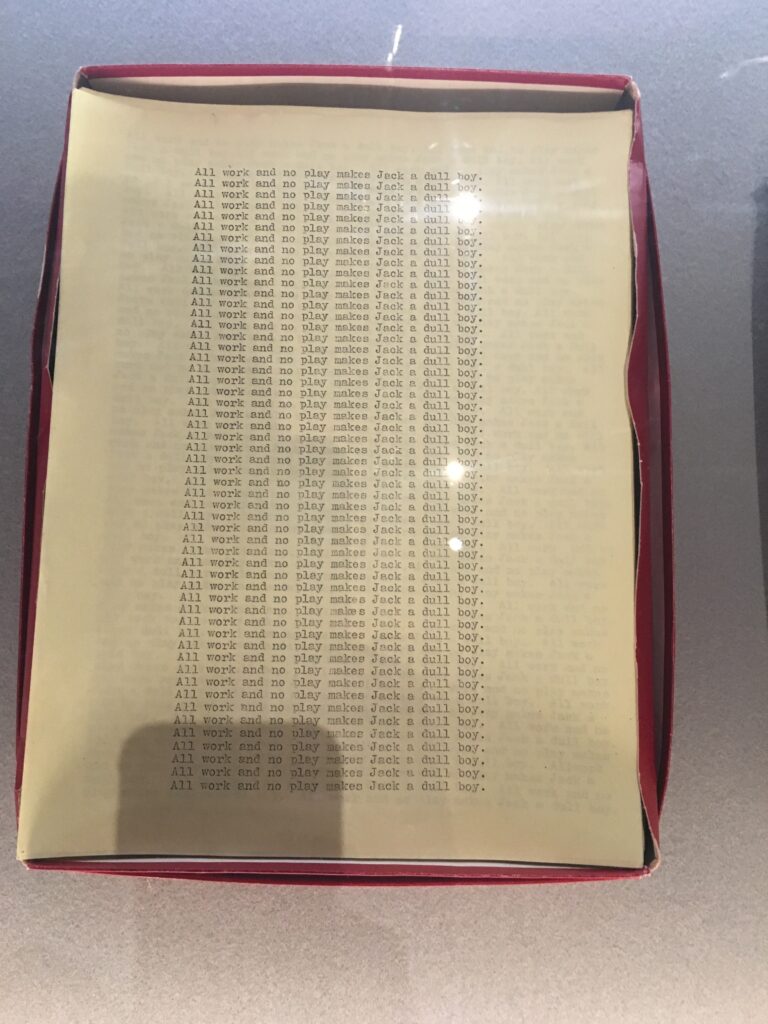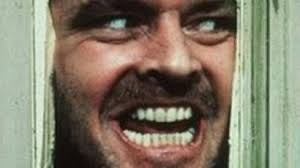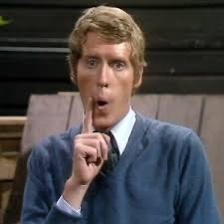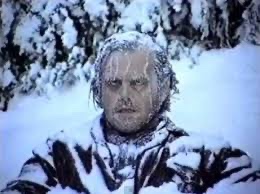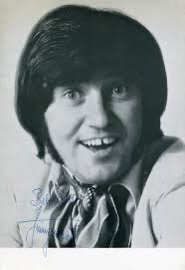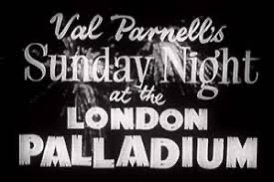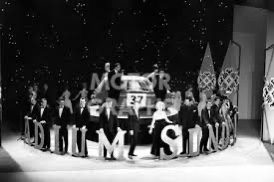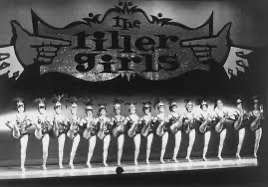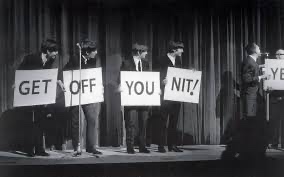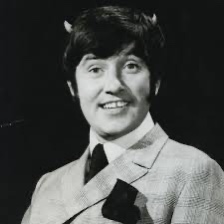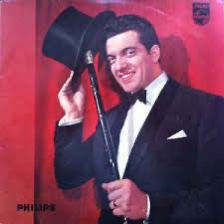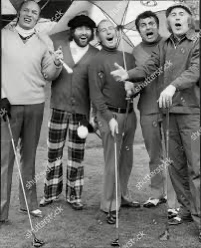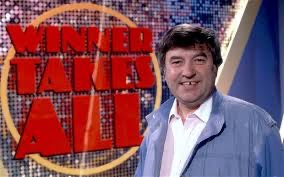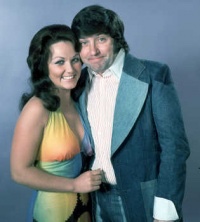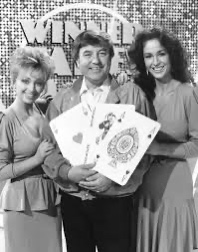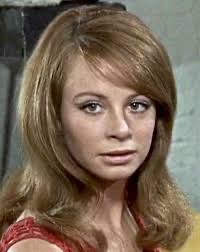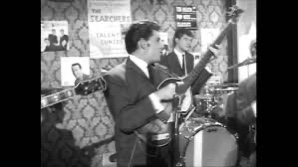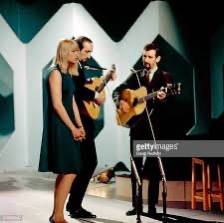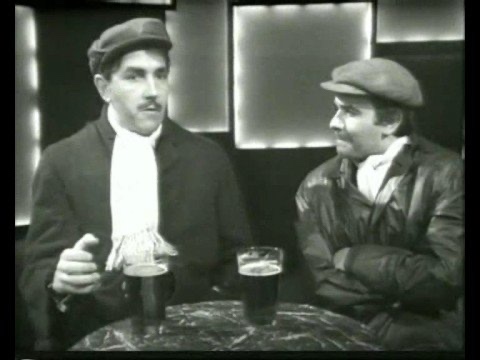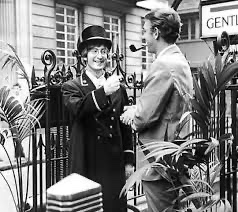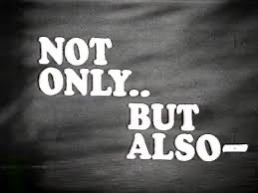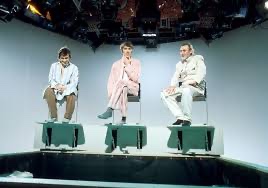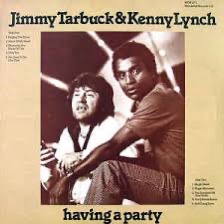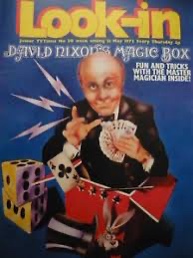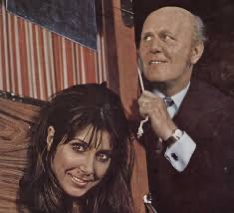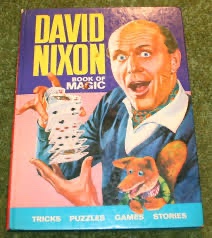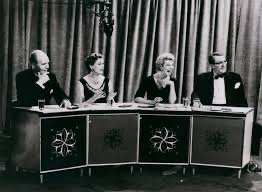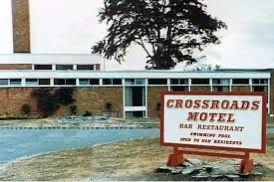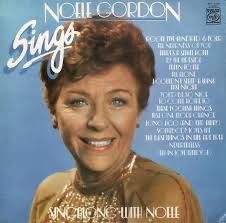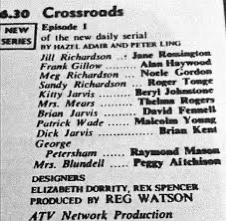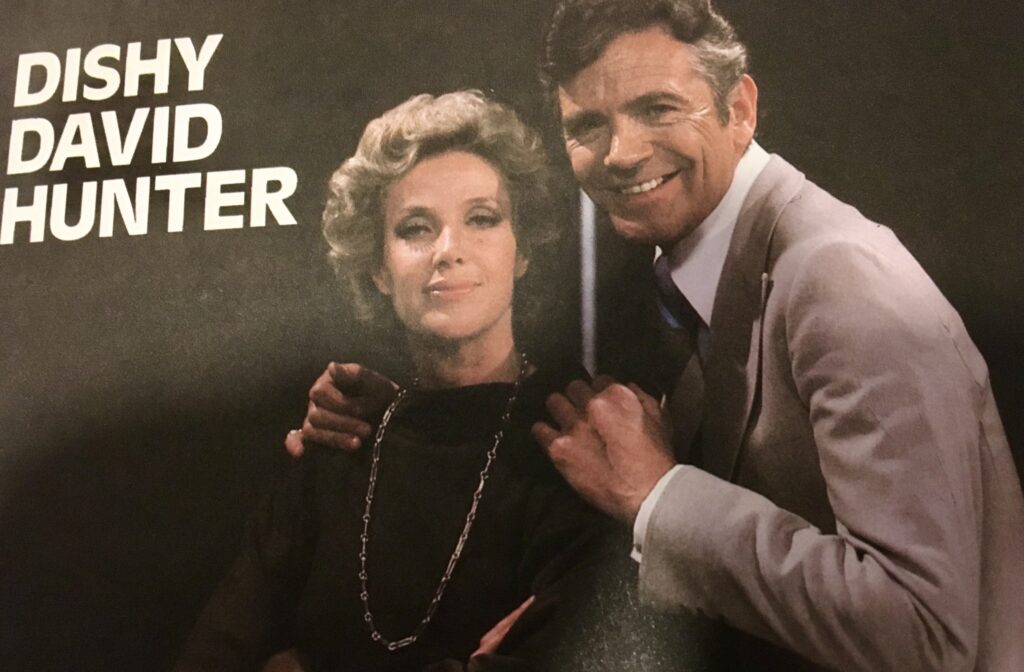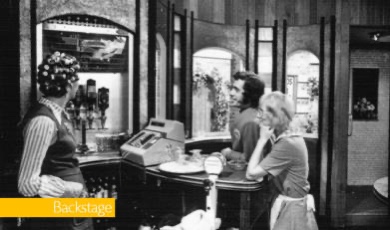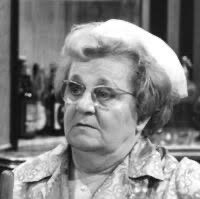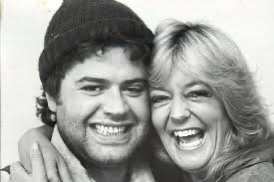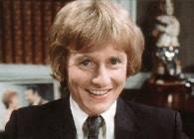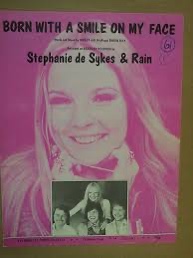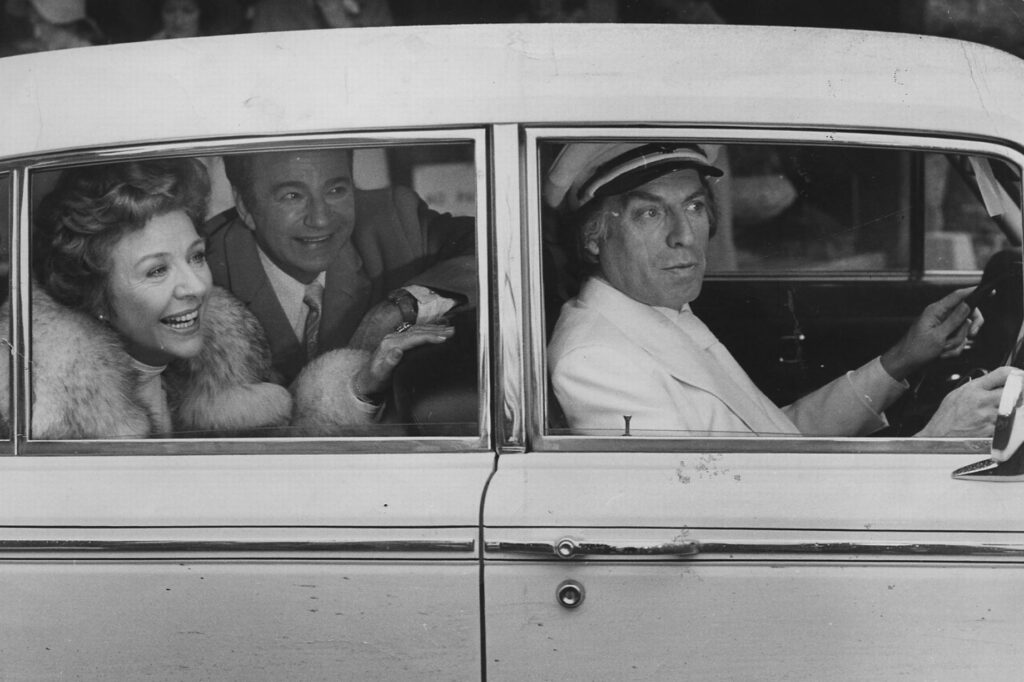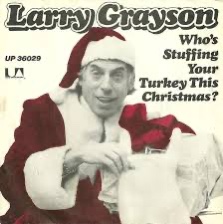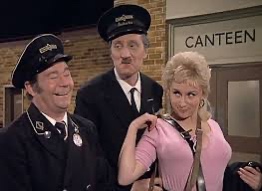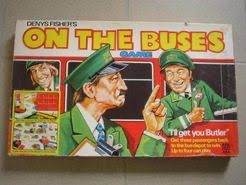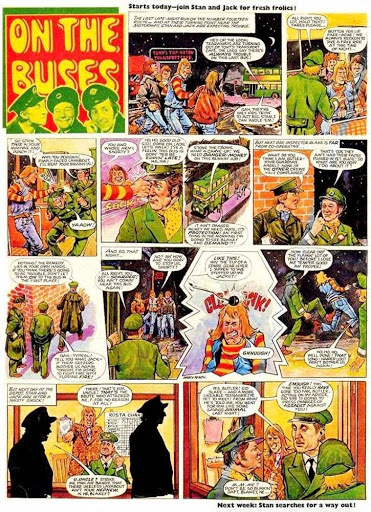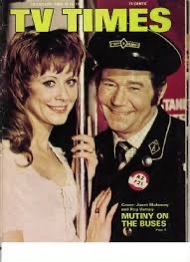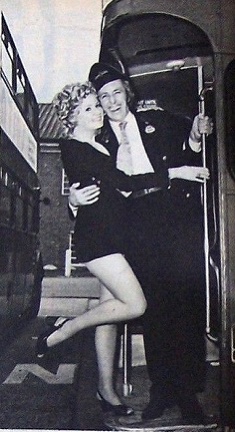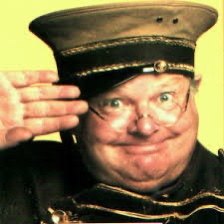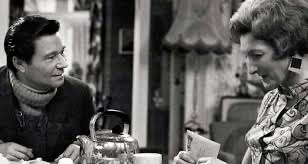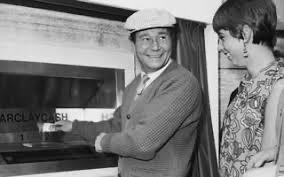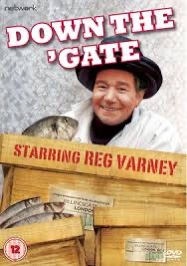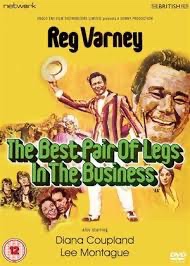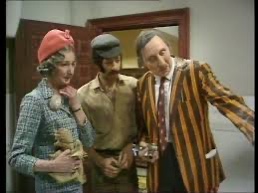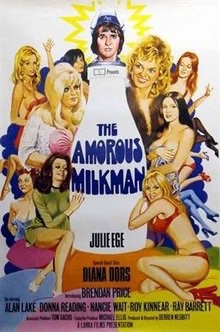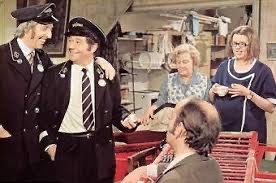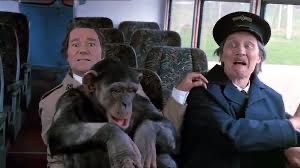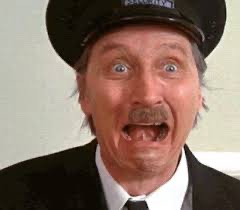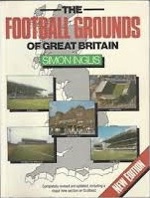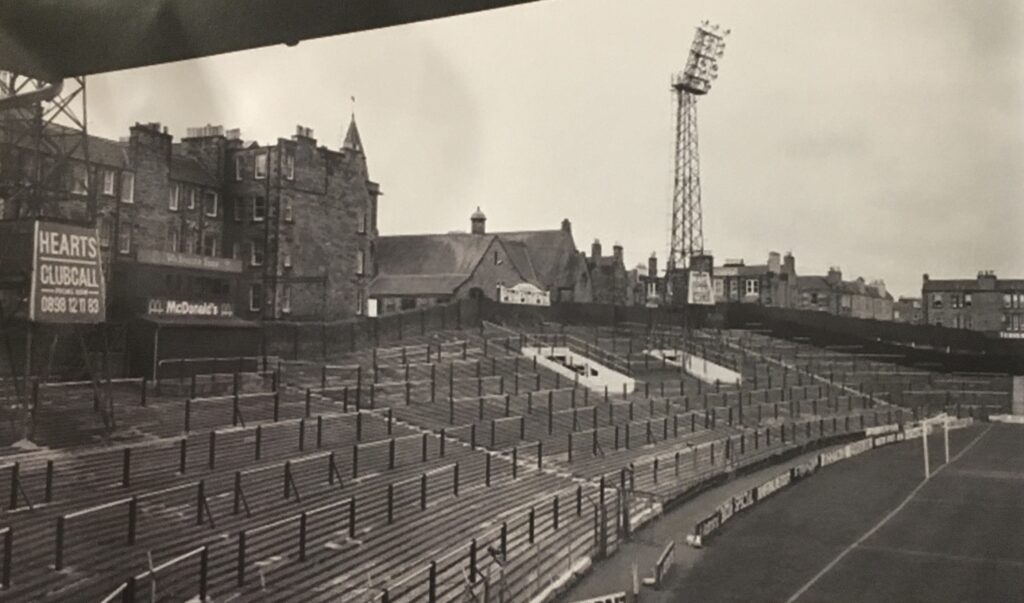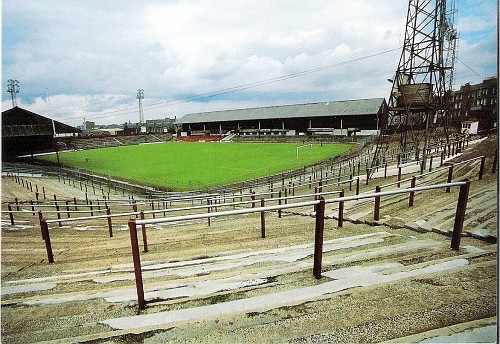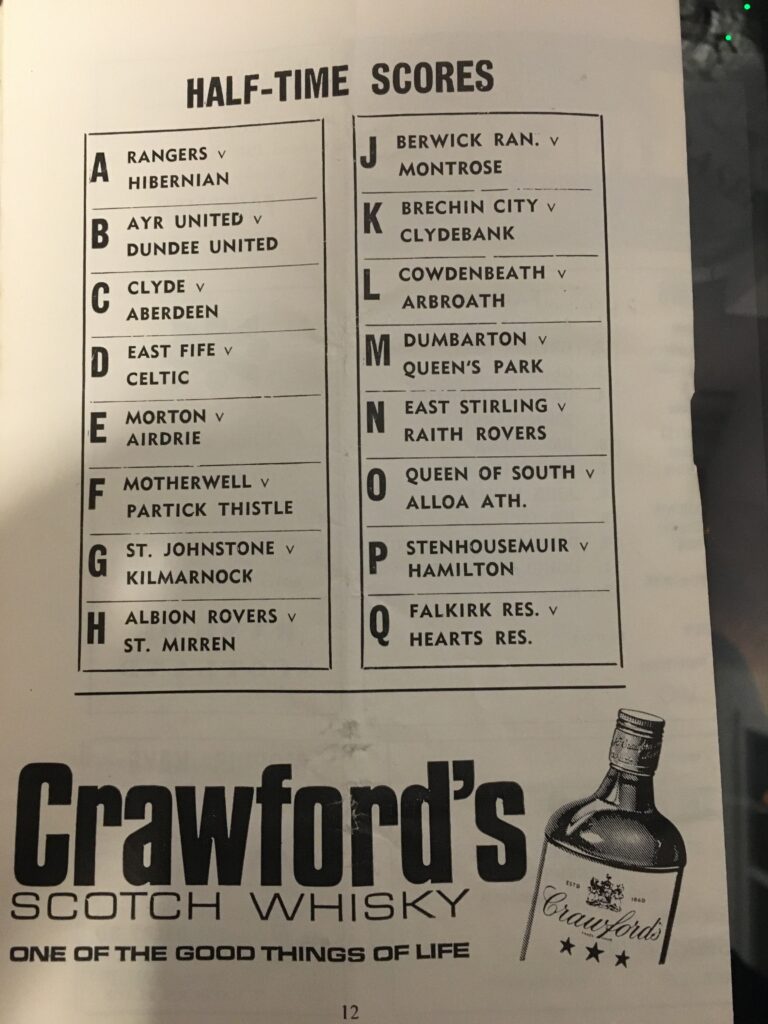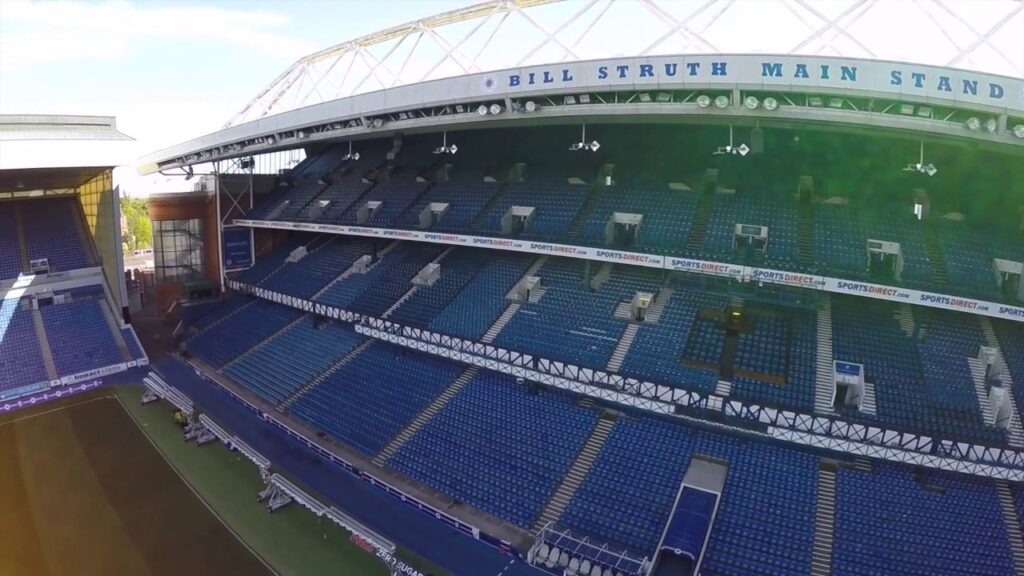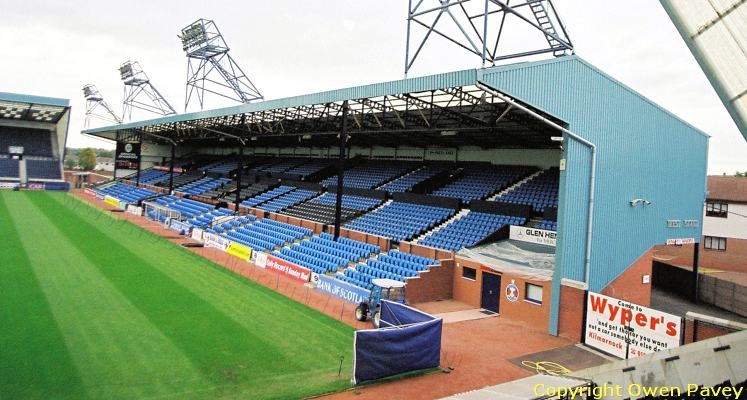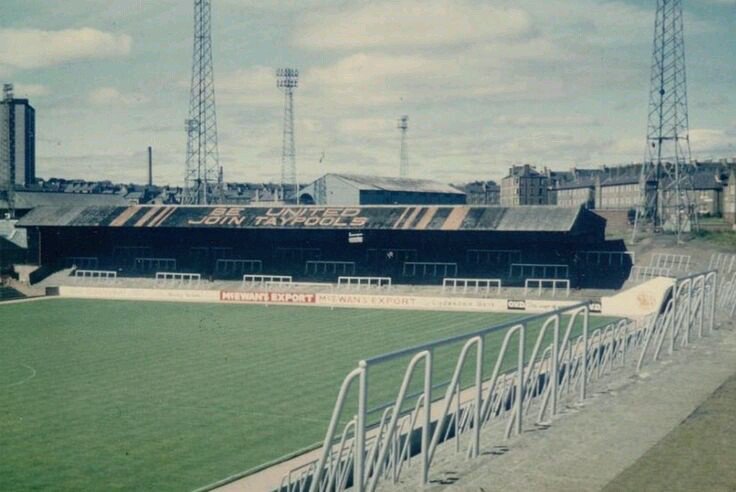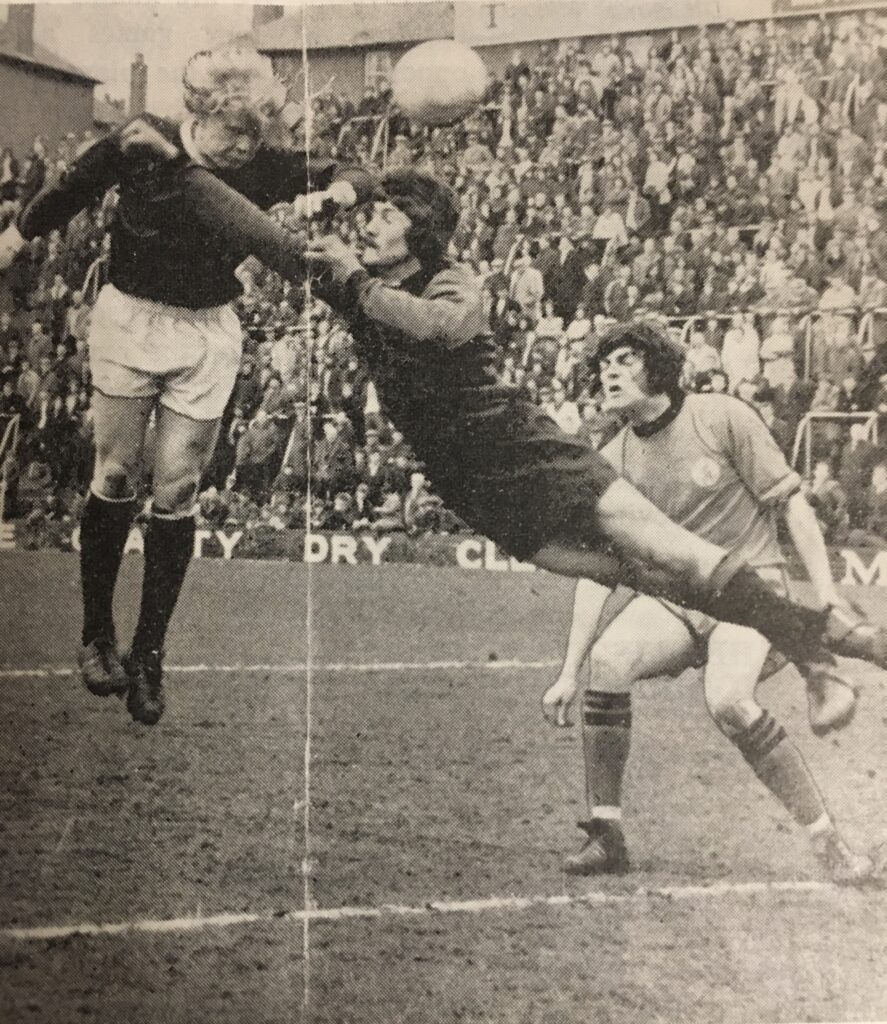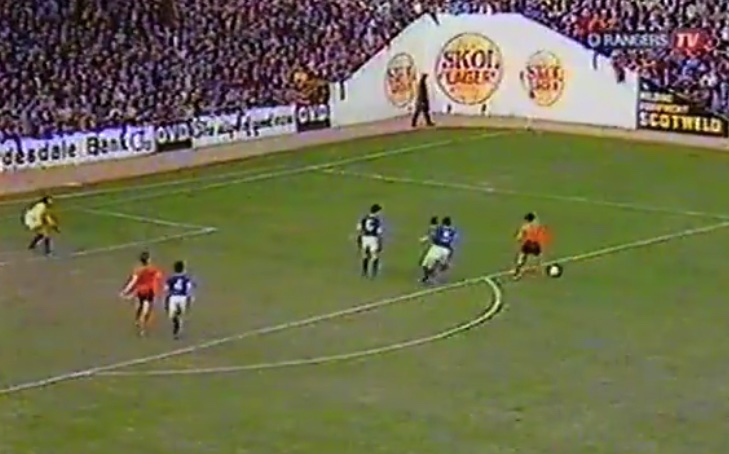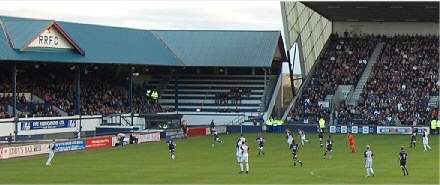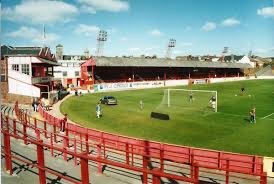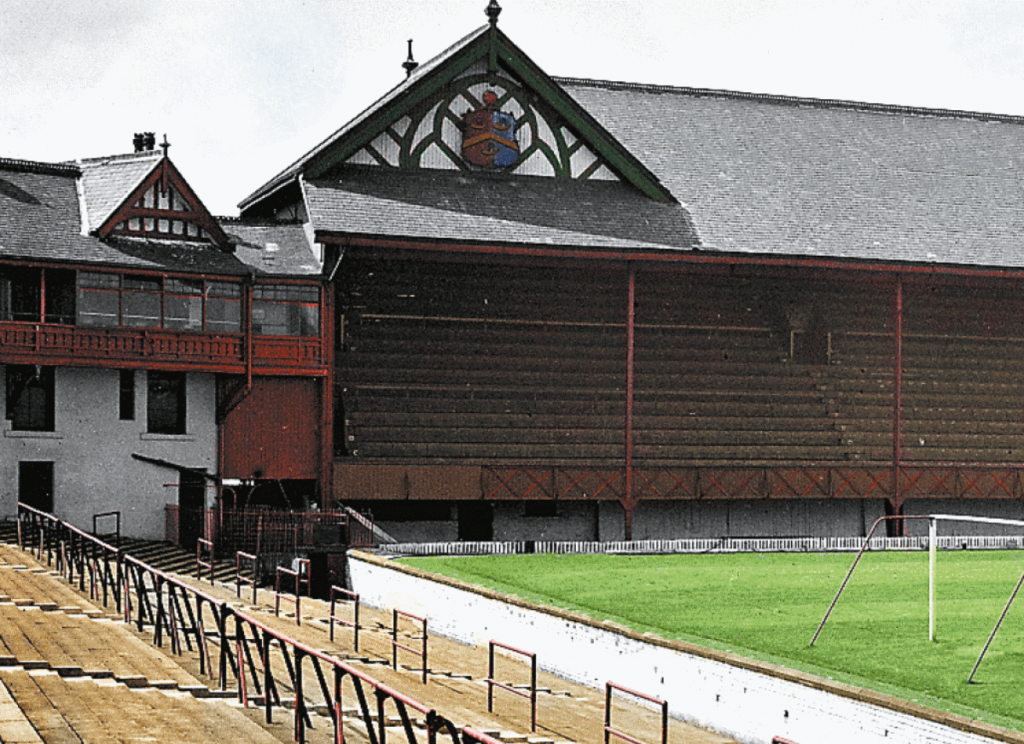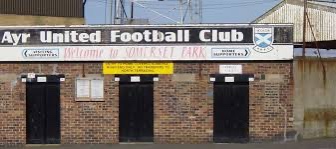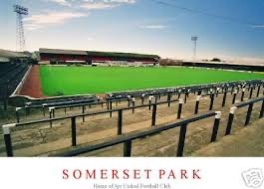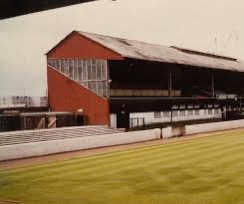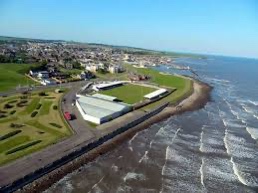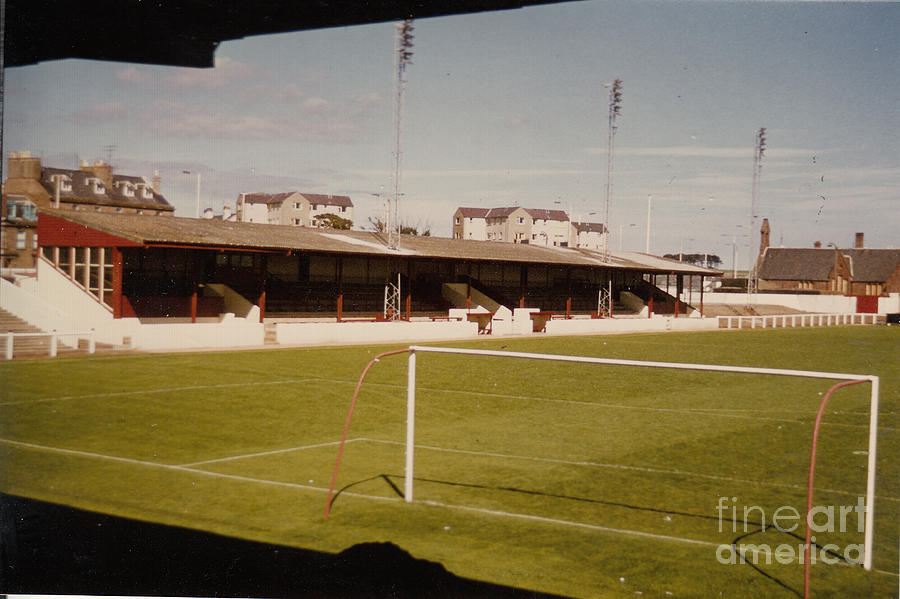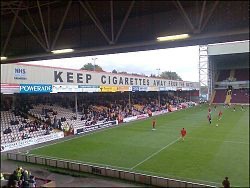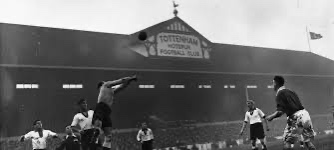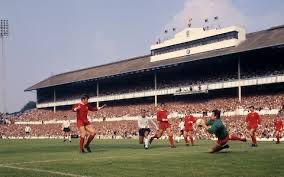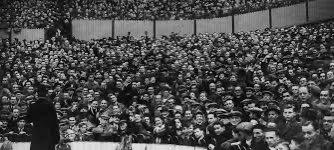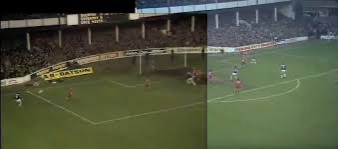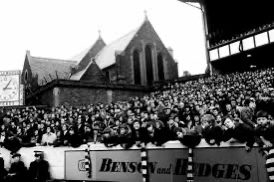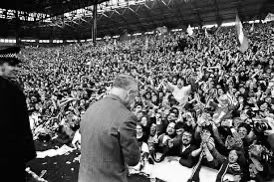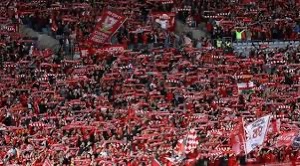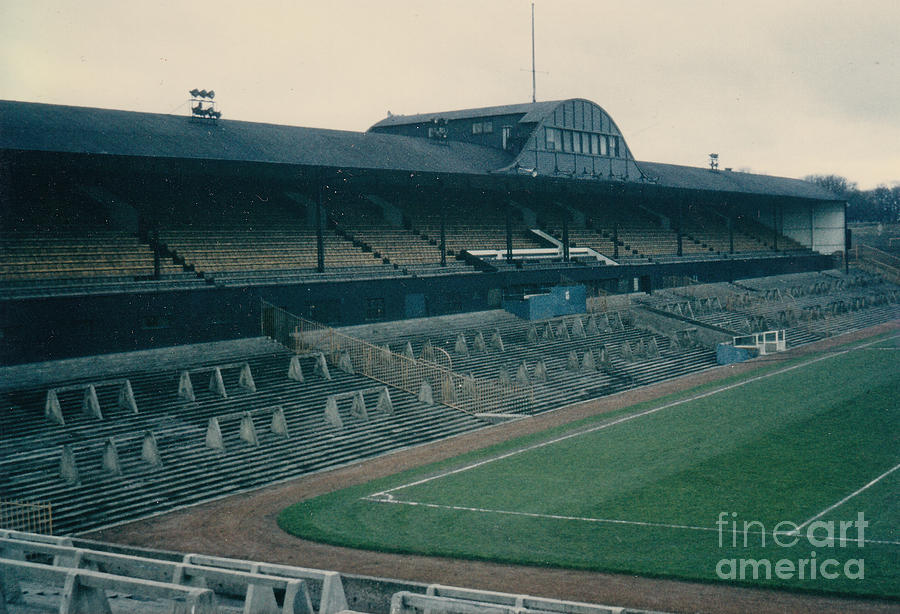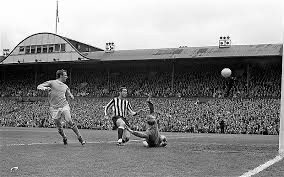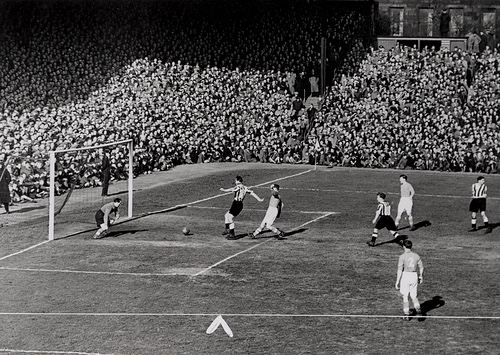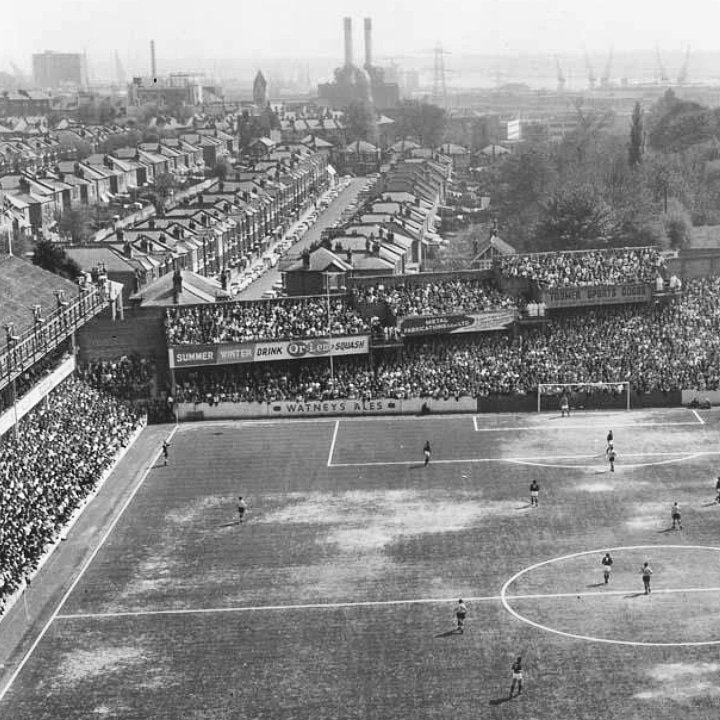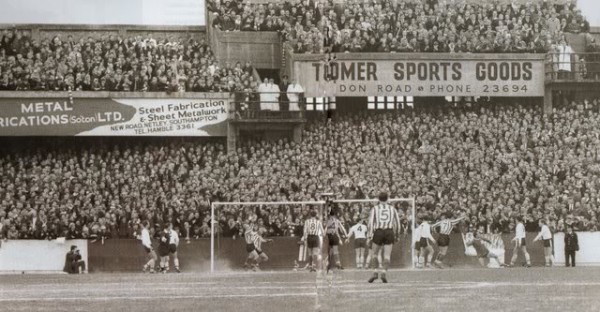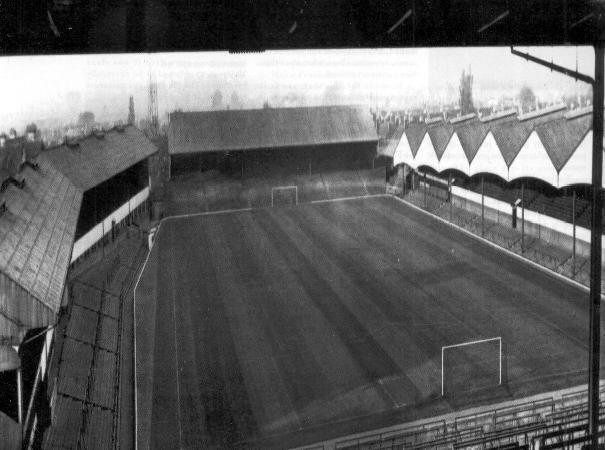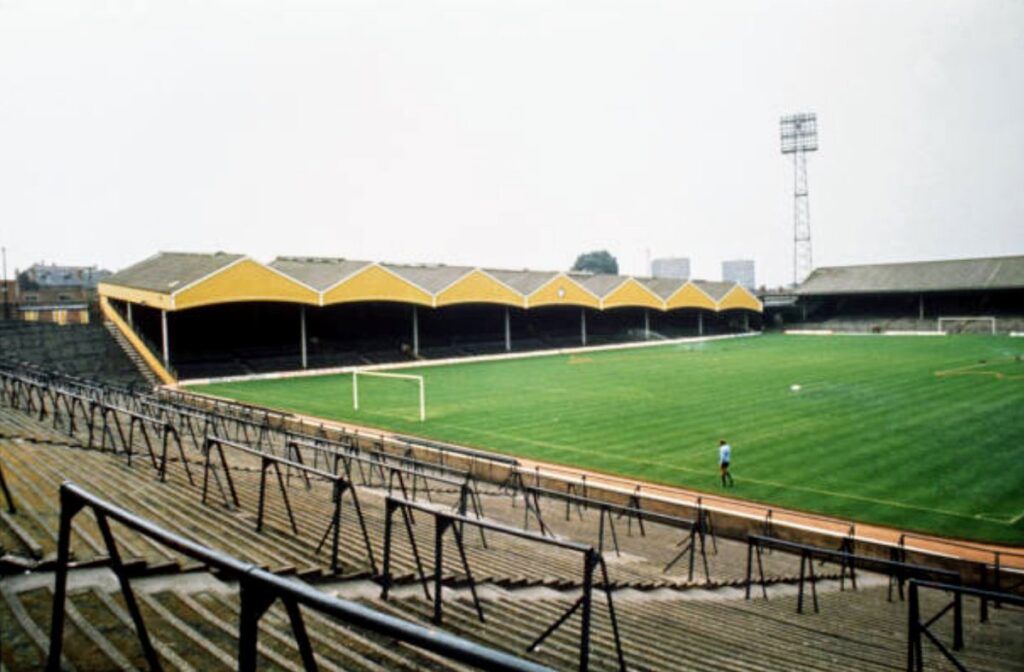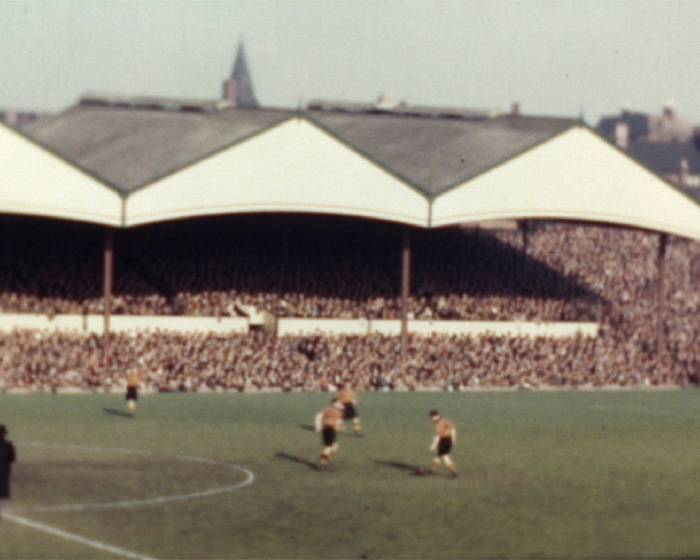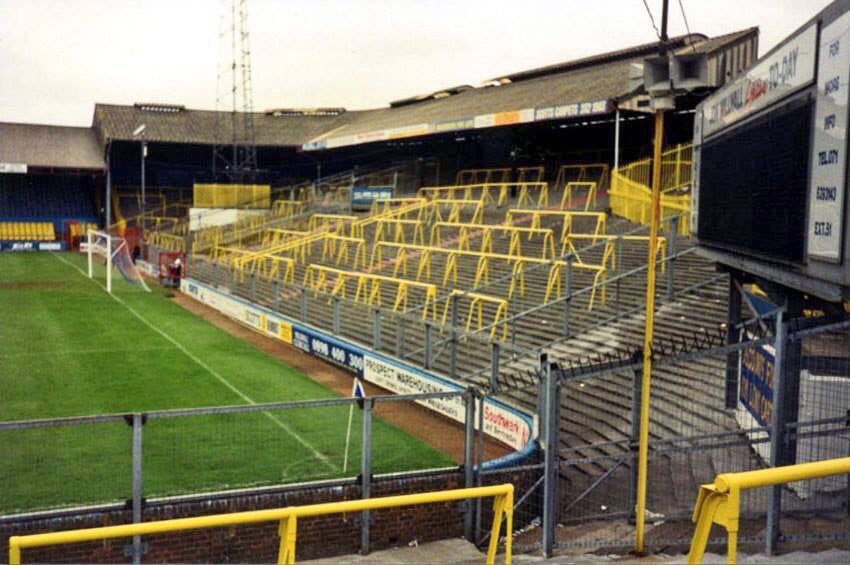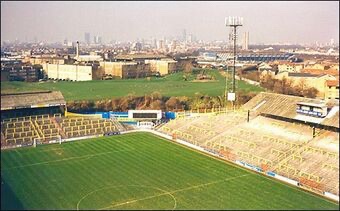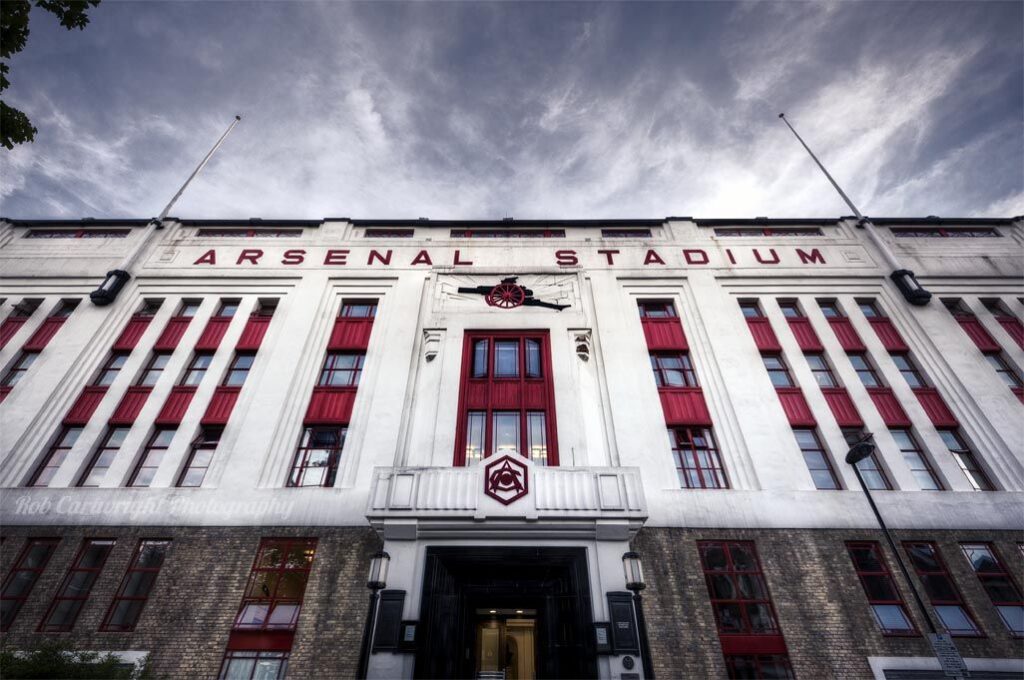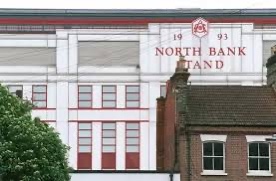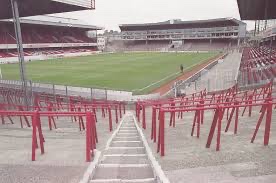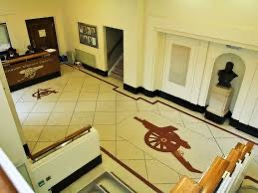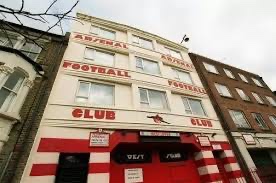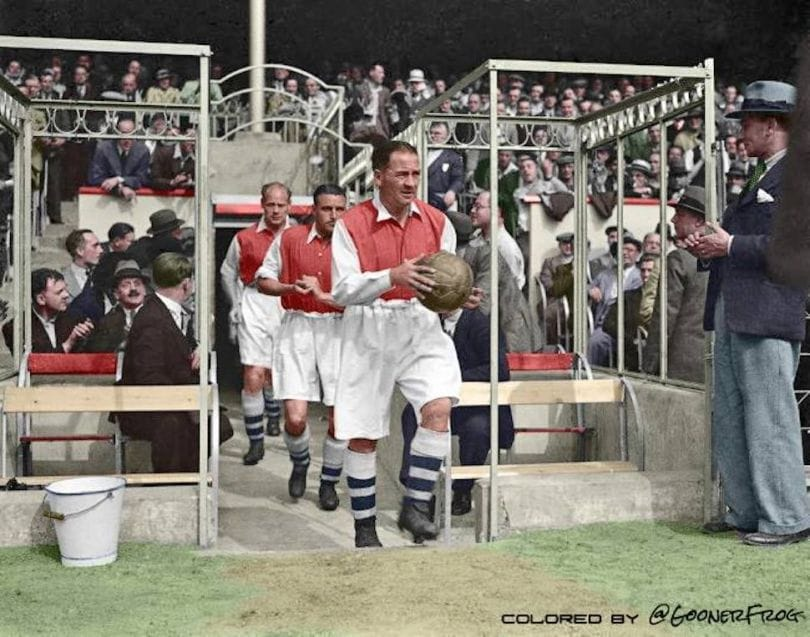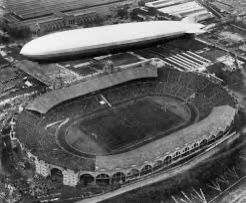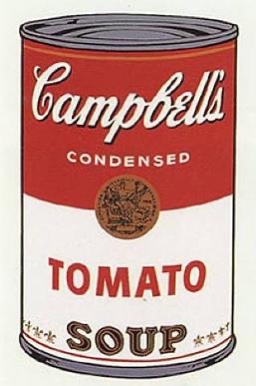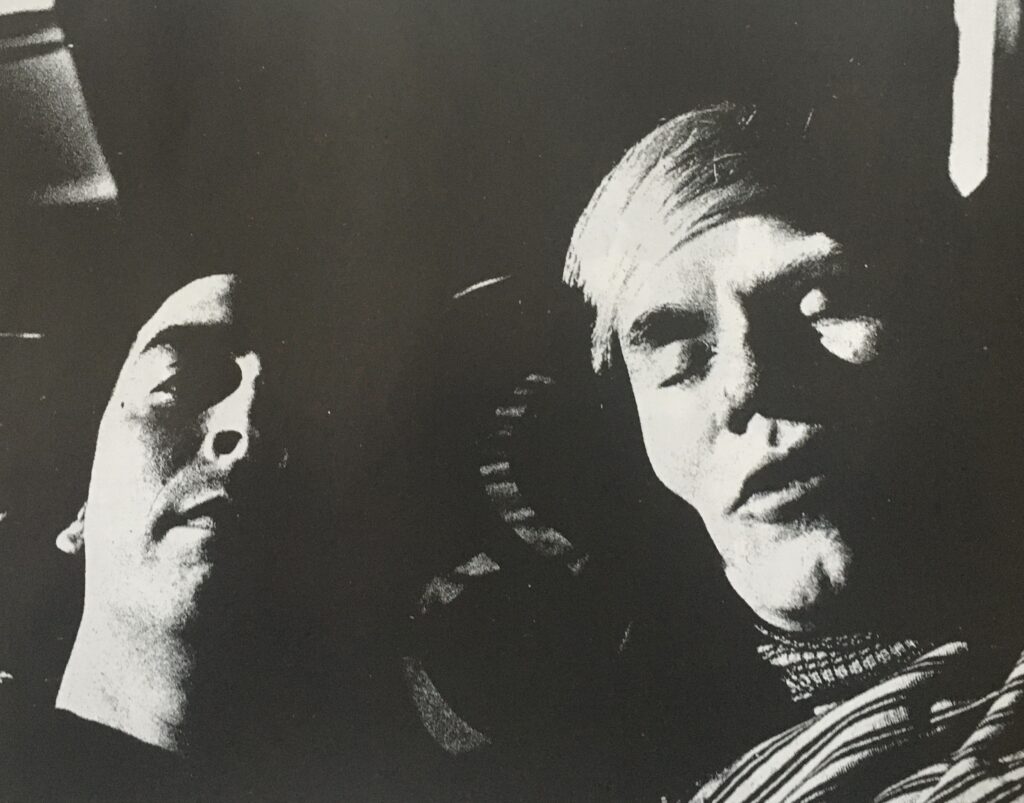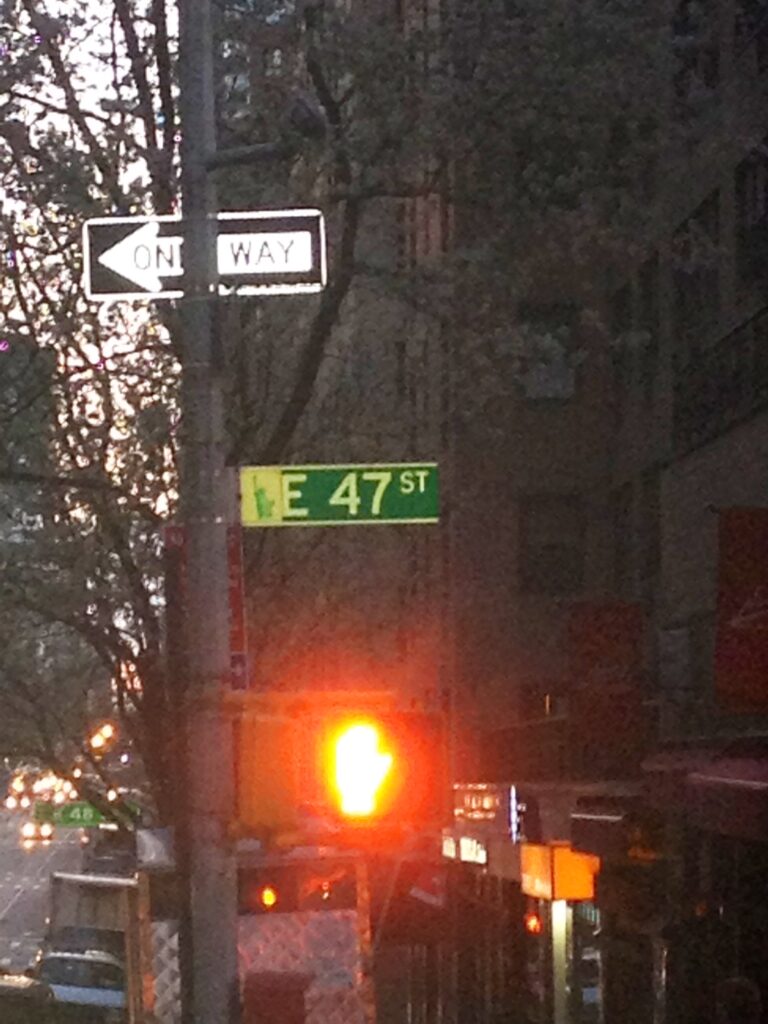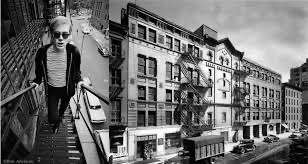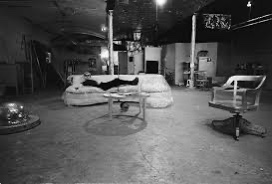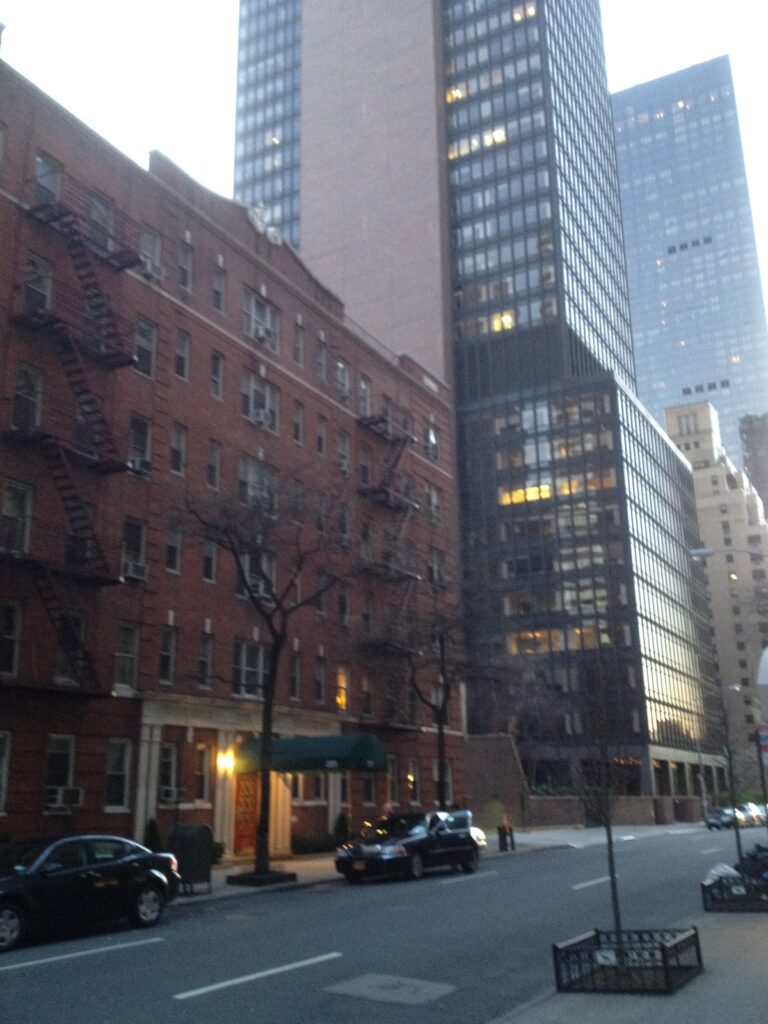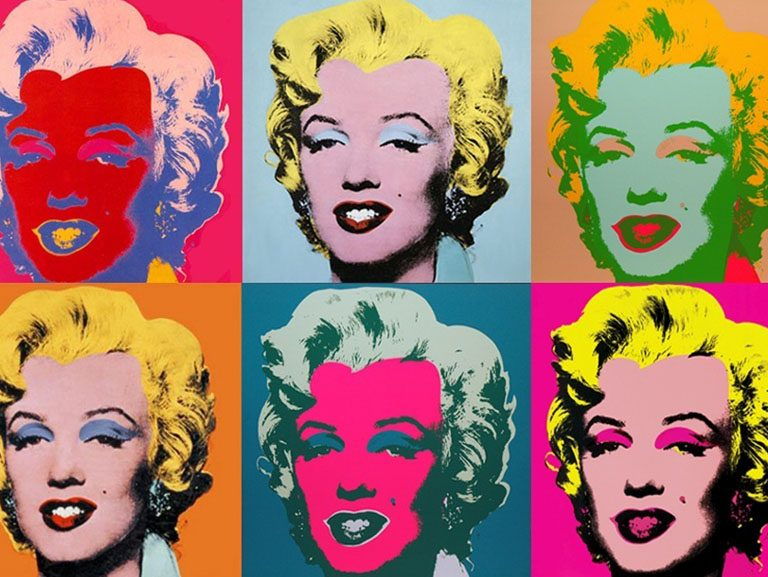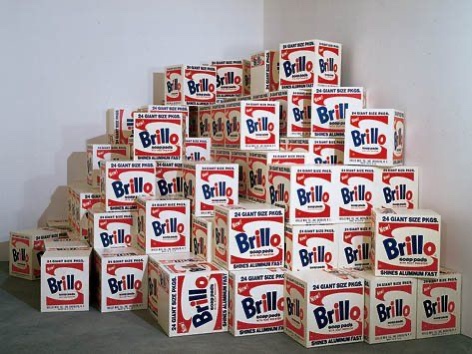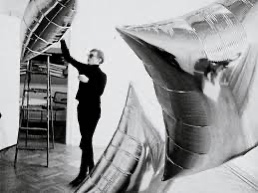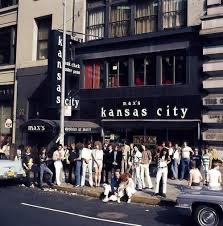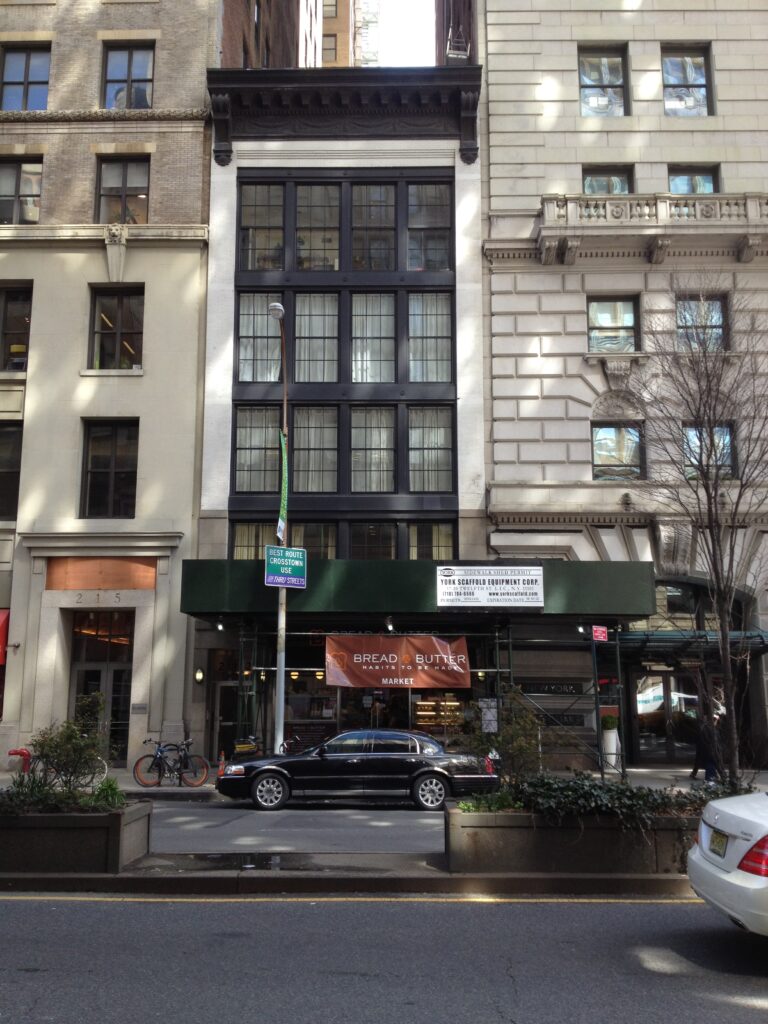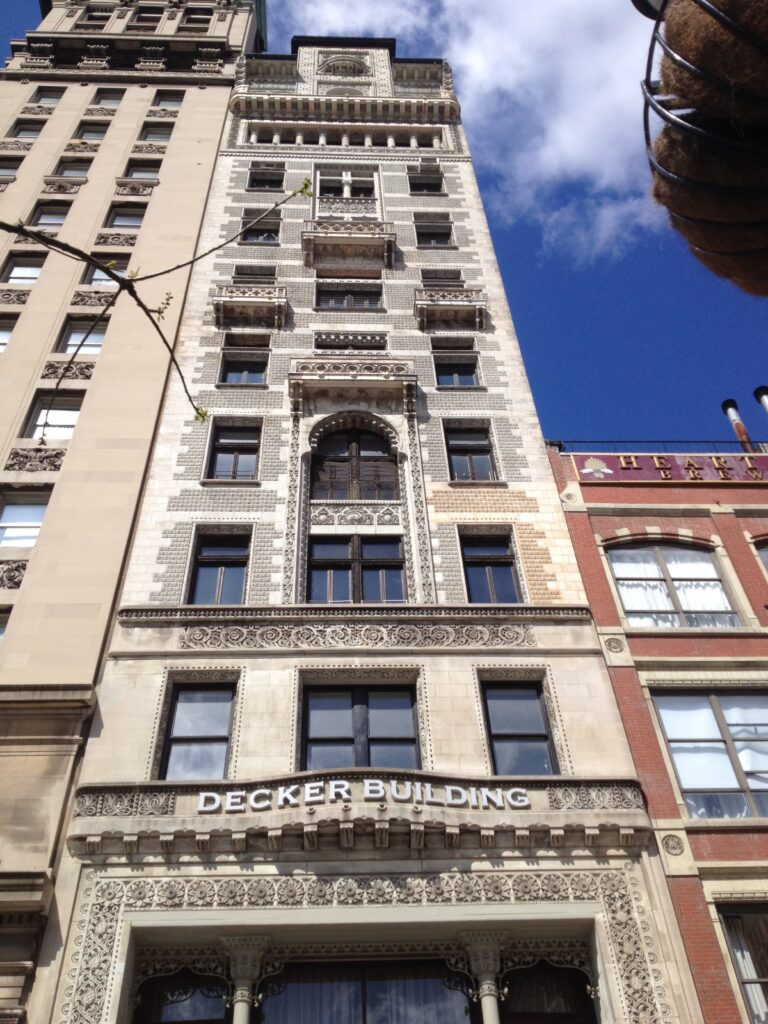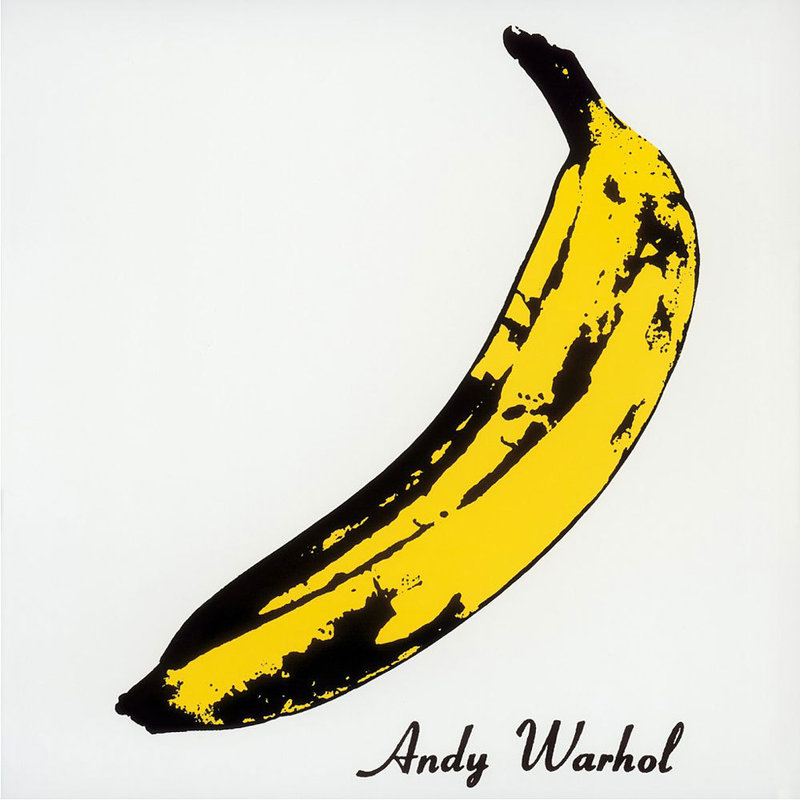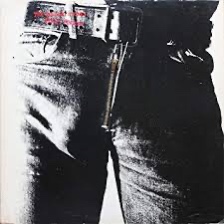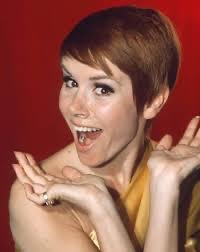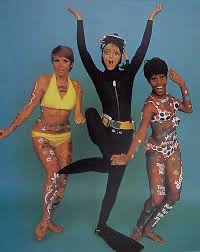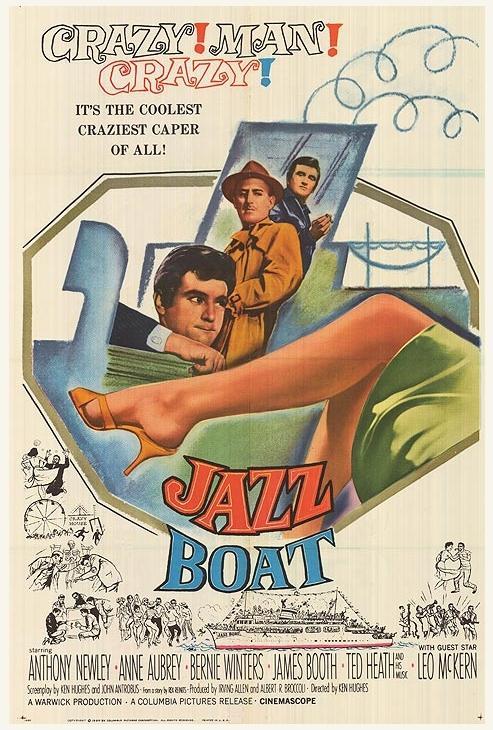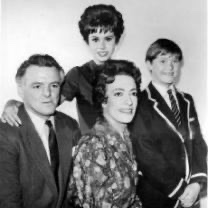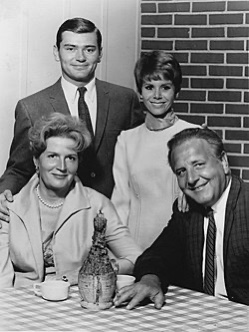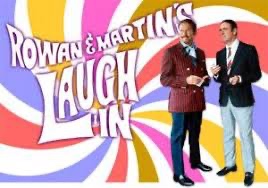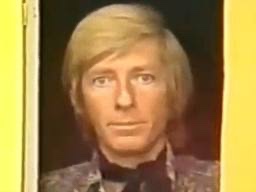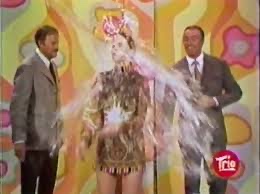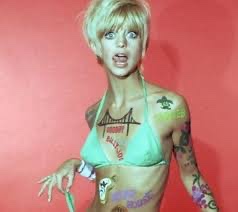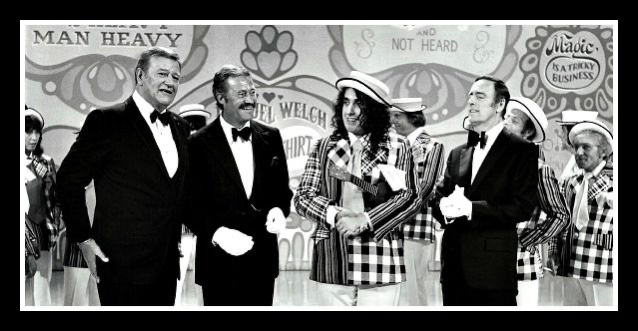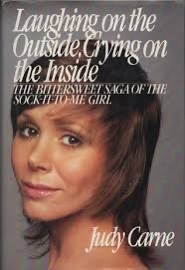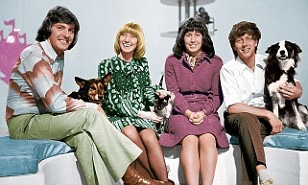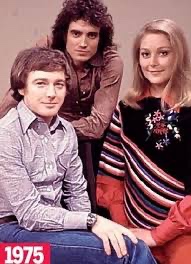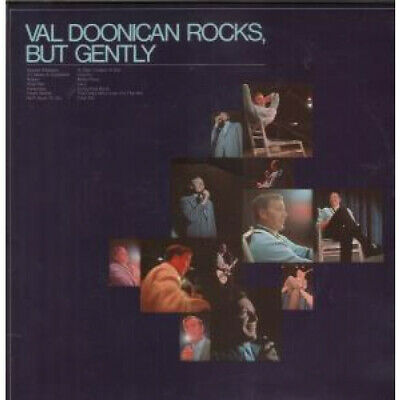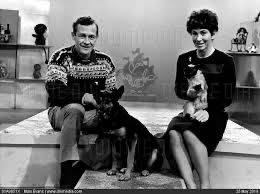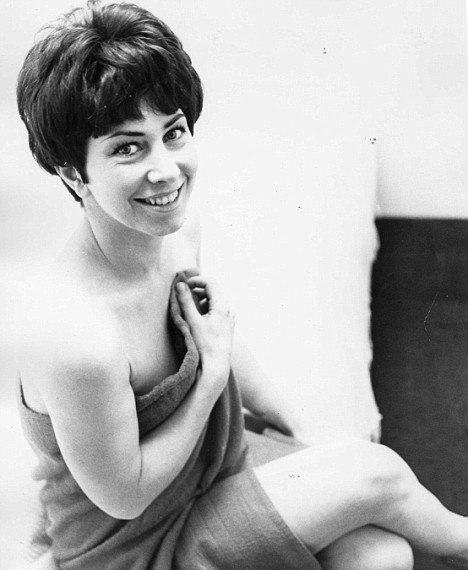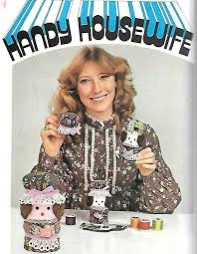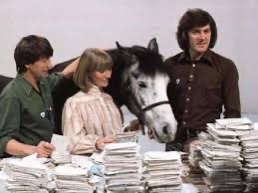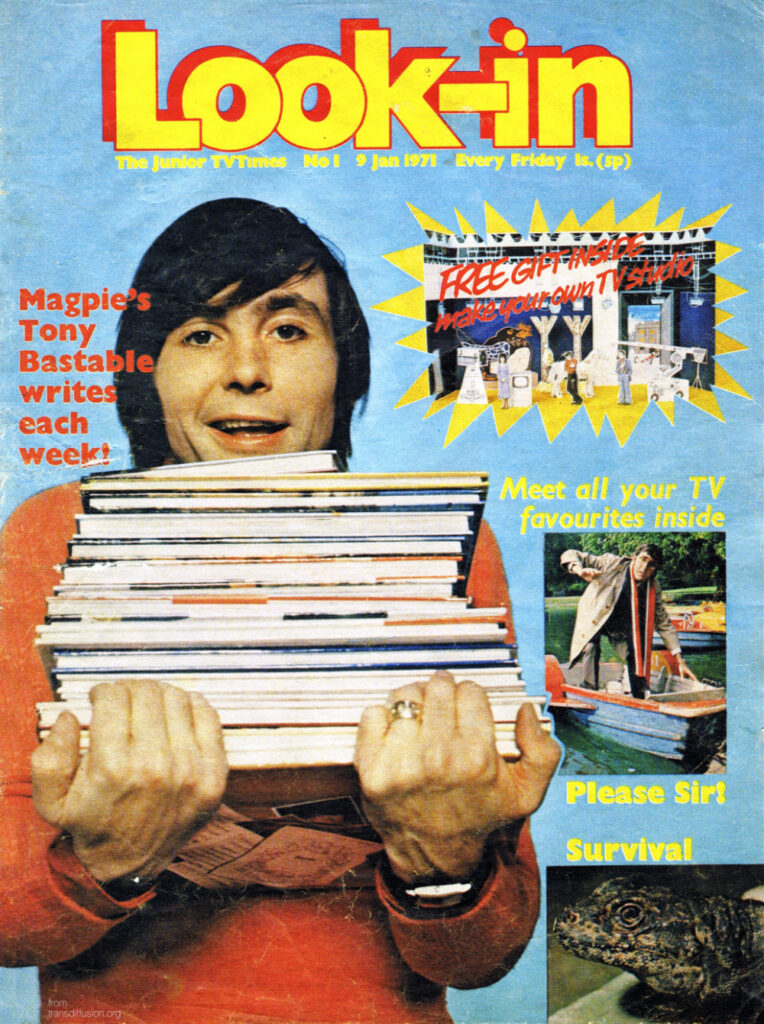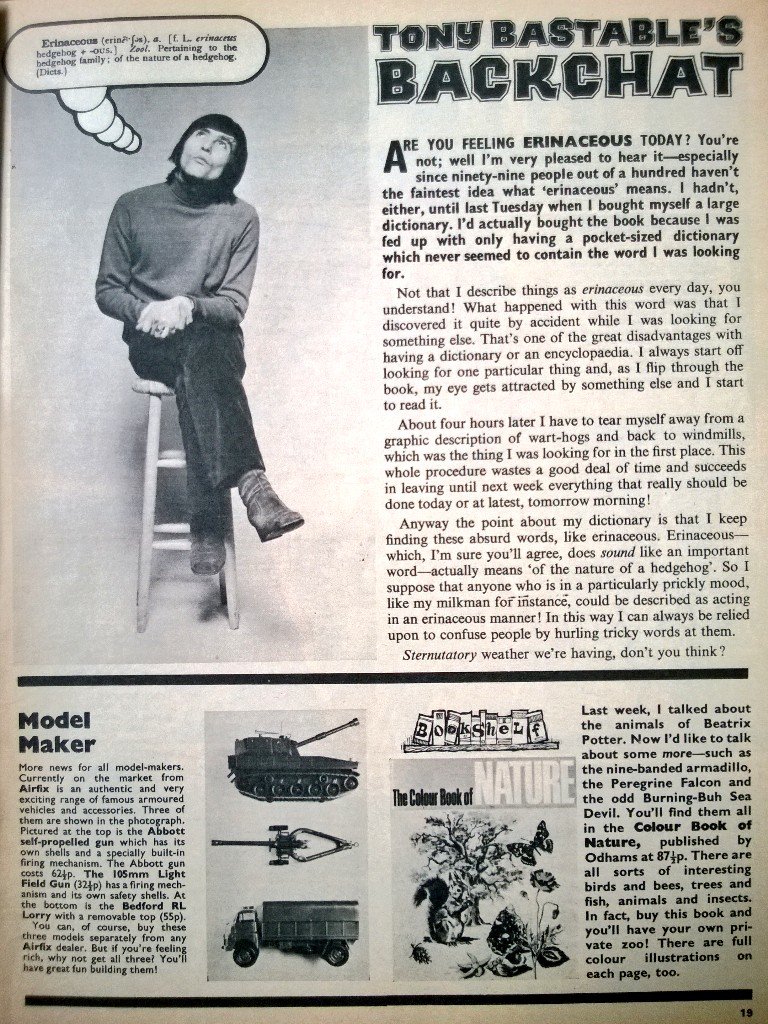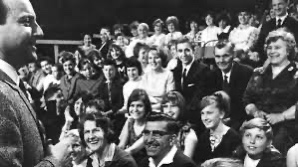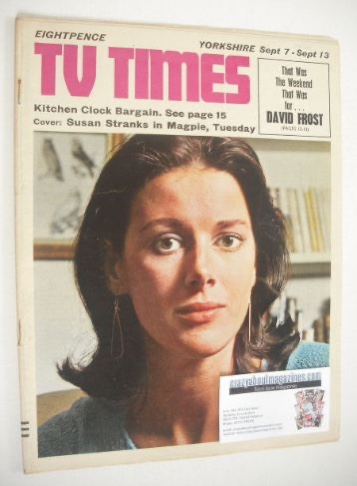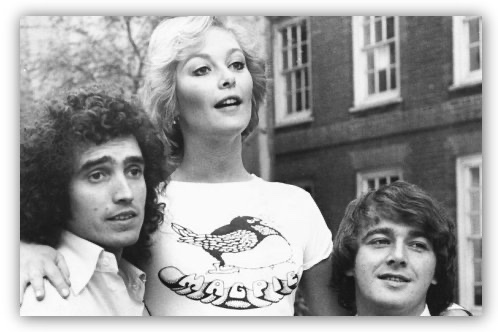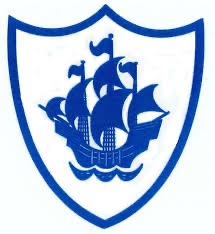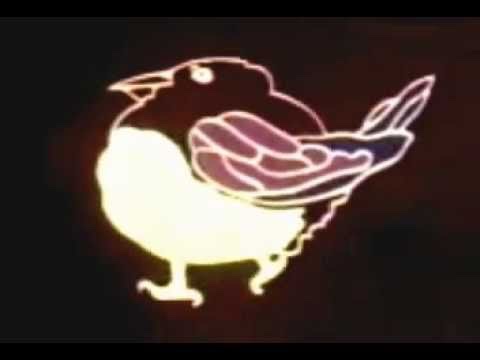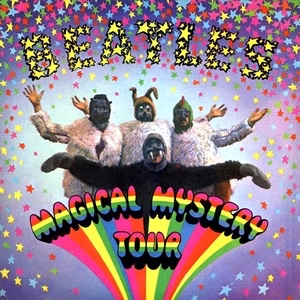
It may have scandalised the Great British Viewing Public but Magical Mystery Tour was one of the longest, strangest, most groundbreaking trips of the 60s
All light entertainment is only one step away from surrealism.
Antony Wall: Editor of Arena
Anyone who didn’t live through the sixties will not know just what a huge deal The Beatles were. They dominated every aspect of culture, and not just popular culture. They were mentioned in every TV show and sitcom, every news magazine programme, loads of documentaries were made analysing their effect on society, you could buy Beatles-related tat in every shop, they even turned up in Disney’s 1967 The Jungle Book in the four vultures (Disney wanted The Beatles to voice these characters but some reports claim they were unavailable and some claim Lennon was dead against it as it trivialised their music). Even today, books, films and documentaries are being churned out analysing every aspect of their cultural influence.
The UK of the 60s was a very conservative country in its attitudes, beliefs and morals. Up until 1966 many people were prepared to accept The Beatles, as their music was amazing and appealed to a wide range of the general public, not just kids. But the UK was not ready to embrace psychedelia, surrealism or experimentation. Britain was a meat and two veg nation and you could keep your fancy French Nouvelle Vague and Italian Post Neo-realism, thank you. Films such as Antonioni’s Blow Up had just been released, Spike Milligan had been making bizarre and hilarious comedy for years and ground-breaking music had been created by The Beatles themselves on Sergeant Pepper. As Thunderclap Newman so rightly observed only a couple of short years later, there was definitely something in the air.

And something had also been happening in the British film industry and much of it revolved around Dick Lester who directed The Beatles‘ first two films, A Hard Day’s Night and Help! Lester eschewed conventional narrative and loved to inject his films and TV productions with an anarchic humour and surreal look. His previous productions included the unconventional A Show Called Fred with Spike Milligan and Peter Sellers and The Running, Jumping Standing Still Film, a goon-like short comedy film also with Milligan and Sellers. As fans of off-beat comedy it’s easy to see why The Beatles saw Lester as a good fit for their first cinematic adventures. For Help! Lester brought in writer Charles Wood, who had co-written one of those most 60s of films The Knack…And How To Get It‘ in 1965 before going on to write the screenplay for Milligan and John Antrobus’s anti war surreal classic The Bed-Sitting Room. The Running, Jumping, Standing Still film, was a favourite of Lennon’s and he brought in Dick Lester on the strength of this. One wonders if the band had brought in Lester to co-direct there might have been more of a structure or even editorial rigour to MMT, but, then again, it would not have been The Beatles‘ unadulterated vision. In fact, Dick Lester had advised The Beatles to write, direct and produce their next film after Help! themselves.
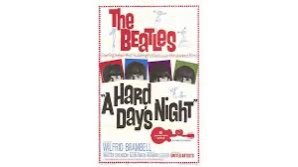
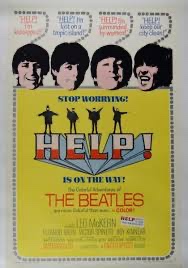
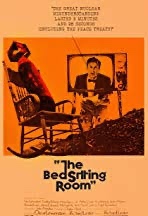
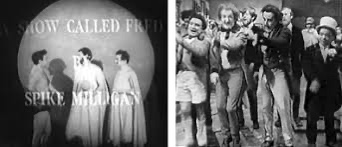
I remember vividly going with my mum and younger brother to see Help! when it was released in 1965 at the Astoria picture house in Corstorphine, Edinburgh. My mum would have been in her late 20s at the time and I know she quite liked The Beatles music, we even had a couple of Beatles LPs sitting on the radiogram at home. But we left the pictures with her saying it was a lot of rubbish. The Beatles had started to leave many of her age group behind. This wasn’t necessarily a bad thing. They were beginning to move from pop to experimental and psychedelic rock, a move they would complete with the release of Sergeant Pepper’s Lonely Hearts Club Band in 1967. And it was at this point in their career that things were changing profoundly in all sorts of ways. They were becoming the grown-up but slightly non-conformist Beatles rather than the unthreatening cuddly mop tops so beloved by teenagers and many adults.

They were at the peak of their creative and financial powers. They could do what the hell they wanted, when they wanted to do it, who they wanted to do it with. In short, they were invincible. And then Magical Mystery Tour began to hatch out in Paul’s mind. When Brian Epstein died just before MMT they no longer had this sounding board, an arbiter of what might be successful and what might not. Rumours abounded that the relationship between the Fab Four and Epstein weren’t great but one wonders if MMT would have got off the ground with Epstein on board or, if it had, it may have looked quite different. We will, of course, never know.
It’s generally accepted that it was McCartney’s brainchild and, mostly unknown to the general public, cracks had begun to appear in the band’s relationships. John was beginning to resent Paul trying to take over the direction of the band, Paul was unhappy that the other members were becoming so obsessed with the Maharishi, George was becoming very frustrated at the few songs of his that were being included on their albums and Ringo was starting to feel sidelined as he had not contributed much creatively to the various projects over the past few years. Paul, therefore, thought that MMT, the music but particularly the film, would keep the other Beatles away from India and help them focus on a new creative venture, unfettered by producers, directors or managers, now that Epstein was gone.
The idea was influenced by a number of things. Paul had heard of Ken Kesey and the Merry Pranksters while in San Francisco, a group of hippies who drove around the US in a psychedelic bus promoting the wonders of LSD. He also had fond memories of mystery bus tours from Liverpool during his childhood, as did all the Beatles. The idea of a mystery tour really appealed to him particularly as it could incorporate the changing social drug scene and the fact their experimentation with LSD was at its peak. The metaphor of a ‘magical mystery tour’, driving around the English countryside with a busload of strange and not so strange people, waiting for something to happen, improvising dialogue, making it up on the hoof and filming it all just sounded incredibly exciting. A druggy, psychedelic journey into the unknown with the filming rule book being thrown out of the bus window was what ensued. And what a long, strange trip it became.
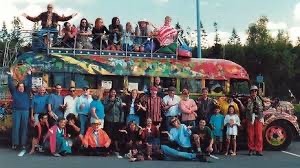
The band had already laid down some tracks which the film was built very loosely around, and some of those tracks were crowbarred into the narrative. The title track was a Beatles classic, one of the Beatles’ best in my book, which was packed with witty drug references that only those ‘in the know’ would get. It begins with John Lennon referencing the fairground barkers of Victorian times entreating the public to ‘Roll up, roll up!’, but what exactly was he suggesting we roll up? In the 60s many will have known exactly what he was talking about. ‘The magical mystery tour is waiting to take you away…‘ and he wasn’t wrong. As well as using sound footage from The Third Programme’s production of King Lear, BBC Light Programme favourites, The Mike Sammes Singers were also chucked in to provide laughter and exaggerated singing as well as the addition of a shit-kicking brass section. And don’t underestimate Ringo’s superb drumming! Other Beatles classics such as The Fool On The Hill, I Am The Walrus, Blue Jay Way and Your Mother Should Know pepper (ha!) the film and appear in various, often unannounced, ways.
Paul McCartney was quoted as saying, ‘Magical Mystery Tour ‘.. was the equivalent of a drug trip and we made the film based on that‘. But it didn’t take a genius to work all that out and maybe this was one of the problems. Most ordinary people having no experience of LSD or drug culture, would just have seen it as a mess, and that wasn’t far from the truth, but, for me, it was no less enjoyable for being a mess.
The film was also packed with Beatles’ music old as well as new. At one point a fairground organ, almost sarcastically, plays She Loves You, an orchestral version of All My Loving is heard and Hello Goodbye is played over the credits. Sixties band Traffic were commissioned to perform their psychedelic classic Here We Go Round The Mulberry Bush, also the theme to a 60s film of the same name, but the footage was never used.
:format(jpeg):mode_rgb():quality(40)/discogs-images/R-10592291-1501739185-7455.mpo.jpg)
The programme was originally offered to the BBC who couldn’t believe their luck and agreed immediately. Some reports claim other TV companies turned it down and Paul Fox, the Controller of BBC 1, says he made all the running to have the film broadcast. Here was something that could be put out at Christmas that would knock ITV out of the ballpark. They paid £10,000 for it and today that would be about £153,000. Not exactly a King’s Ransom and certainly not a lot to The Beatles who definitely wanted the film out there.
It was scheduled to be broadcast at 8.35pm on Boxing Day 1967, sandwiched between This Is Petula Clark (with a script written by Graham Chapman of all people) and formulaic Norman Wisdom film The Square Peg. On BBC2 more refined viewers could have watched a production of Gilbert and Sullivan’s Titipu starring the legendary Harry Worth, Hattie Jacques and, in a small part, a young John Inman and on ITV The Benny Hill Show followed by the film ‘Waltz of the Toreadors‘, a vehicle for Peter Sellers. In short, The Beatles were up against the TV establishment, so did they ever have a chance? Up against that it was always going to be better to fail with a bang than a whimper.
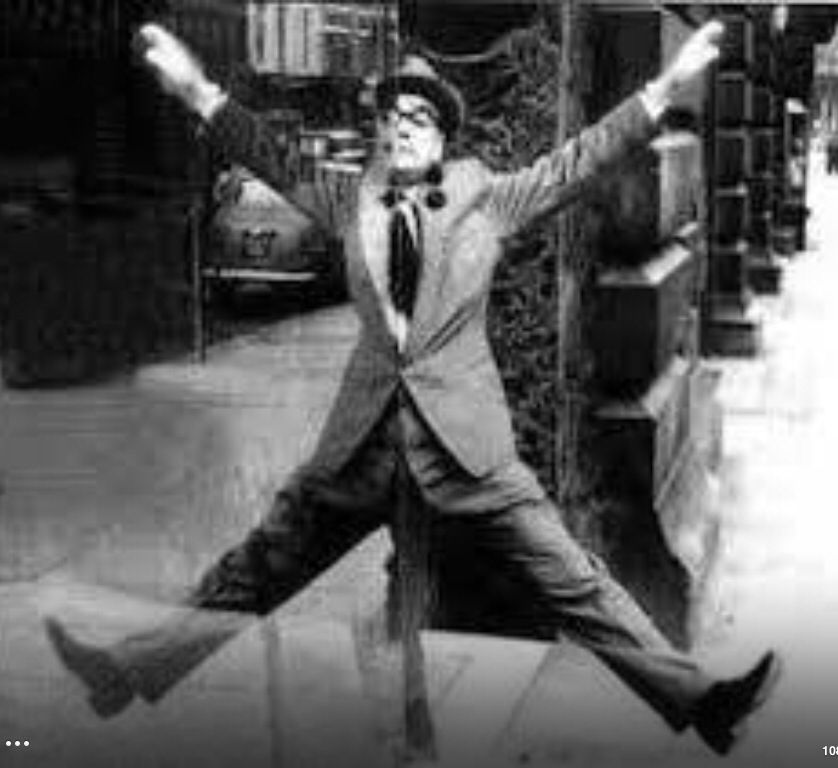
Despite Paul Fox claiming he didn’t see the film before it was broadcast, McCartney told of how the BBC cut the scene where Buster Bloodvessel romances Ringo’s Aunt Jessie on the beach. Why this was done was never properly explained says McCartney, other than it was ‘too weird‘. And that was saying something…
Even that week’s Radio Times‘ write up about MMT is oddly vague, suggesting few people at the BBC had actually seen it.
Yes this is it. Probably the most talked about TV film of the year. It is by The Beatles and about The Beatles. The story? A coach trip round the West country reflecting The Beatles’ moods and launching a handful of new songs.
Radio Times December 1967
The quirky cast assembled for the film was certainly diverse and definitely interesting, reflecting the band’s offbeat sense of humour and nostalgic feelings.
First up, Victor Spinetti had become a Beatles mainstay having appeared in both A Hard Day’s Night and Help! as well as co-authoring the stage version of Lennon’s book ‘In His Own Write.’ The only actor to appear in all three Beatles’ films, he had supposedly been offered the part in A Hard Day’s Night because George’s mum really liked him. Spinetti appeared in many comedy programmes, most significantly in 1968-69’s It’s Marty with the great Marty Feldman ( see Marty Feldman: A Criminally Forgotten Comedy Genius). In the 70s he was also The Mad Jaffa Cake Eater in the TV ads. There’s Orangey!
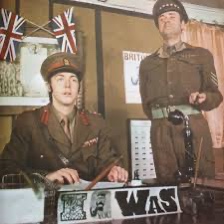
Cult poet and performer on the harmonium Ivor Cutler had come to the band’s attention after being spotted on BBC 2’s Late Night Line-Up. He had been discovered in 1960 by Ned Sherrin and appeared in some unlikely variety vehicles such as The Acker Bilk Show. He was championed by John Peel who brought him to the attention of a younger listening public and his hang-dog demeanour and eccentric manner was exactly what MMT needed. Billed as Buster Bloodvessel, the name was eventually adopted by portly lead singer of Bad Manners, and to this day he is still Buster Bloodvessel. A MMT reference that still exists over 50 years later. Cutler is particularly good in his MMT scenes.

Nat Jackley grew up in the music halls and was an established comedy performer. According to Wikipedia ‘..his trademark rubber-neck dance, skeletal frame and peculiar speech impediment made him a formidable and funny comedian.‘ Sadly for Nat his featured performance sketch, Nat’s Dream, was cut from the final film but he appears in many crowd and interior bus shots. Out of all the characters and actors in this film I find him the most intriguing. The most experienced and traditional performer in the whole cast I would love to know what he thought about the whole experience. All I’ve ever read about him was that he found the unscripted nature of the whole project difficult. For someone with his background it must have been like performing on another planet.
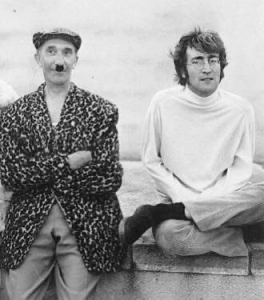
The magnificent Bonzo Dog Doo-dah Band (See The Bonzo Dog Doo-Dah Band: Still So Far Ahead, It’s Beautiful…!) was recommended by Paul’s brother Mike McGear (as he was known at the time). As a member of The Scaffold ( see The Scaffold: The Group Who Put The (Thank) ‘U’ Into Ubiquitous), who had had pop success in the late 60s and early 70s, McGear had worked regularly with The Bonzo Dog Doo-dah Band. He knew they were the kind of musicians The Beatles would appreciate and he wasn’t wrong. The Beatles became such fans that McCartney would eventually produce their huge top ten hit ‘I’m The Urban Spaceman‘ as Apollo C. Vermouth.
Another interesting performer whose best bits ended up on the cutting room floor was accordionist Shirley Evans. Although hailing from Birkinhead it’s difficult to know why The Beatles decided to include a female accordionist in their psychedelic film. My feeling is it’s just because there was something about it that’s quite funny. Many of us grew up with a family member who played the accordion, I know I did, and many singalongs, particularly at New Year, were had. It’s an instrument that, even in the late 60s, had become very unfashionable, if it ever was fashionable, and it was probably the nostalgic quality of the instrument that appealed. And there’s something intriguing about an attractive girl playing it. John Lennon even wrote an instrumental track for her, Shirley’s Wild Accordion that, sadly, was never used in the film. The track was allegedly pressed but never released and is still much sought after by Beatles record afficionados.
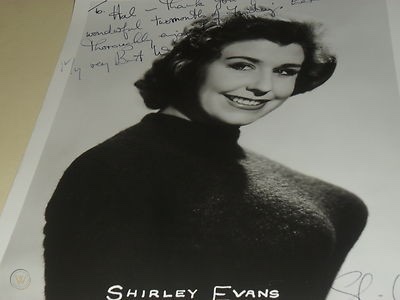
Finally the photographer was played by restricted height actor George Claydon. In one scene he is under the camera blanket as he takes a picture of some of the trippers. He emerges from under the blanket with the head of 1966 World Cup mascot World Cup Willie. And it turns out he actually played this character during the ’66 World Cup. A lovely 1967 cultural reference and an excellent bit of trivia, I think!

Aa mentioned above a number of scenes filmed at the time did not make the cut after editing. One of them featured Music Hall favourite Nat Jackley in a sequence titled ‘Nat’s Dream‘ where we see him walking around Newquay and bumping into a bevy of bikinied beauties. It all takes place to an accompaniment from Shirley Evans on accordion playing the Lennon written ‘Shirley’s Wild Accordion.’ The scene, I think, is funny, old fashioned and wonderfully quirky culminating weirdly (how else?) in The Atlantic Hotel outdoor swimming pool. The other deleted scene featured Ivor Cutler on harmonium singing ‘I’m Going In A Field.’ For me, both scenes deserved to remain in the completed film and no explanation, to my knowledge has been given as to why they didn’t make the cut. At a neither short nor long running time of 52 minutes both scenes would have taken the film up to a more conventional 60 minute mark which would not have been a problem showing on TV or in the cinema. Can’t help but think they missed a trick there.
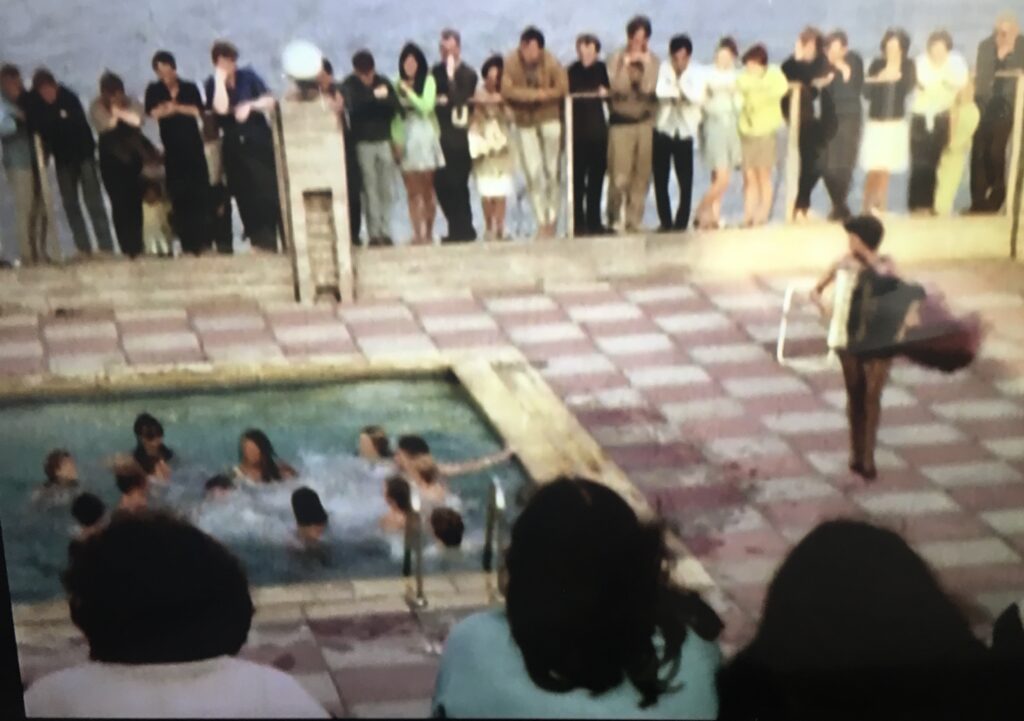
My own memory of the film on that Boxing Night of 1967 is clear but short. There had been huge anticipation for the film and I remember being quite excited about it. Within a few minutes it became obvious this was not going to be another A Hard Day’s Night or even the more enigmatic Help! My clearest memory was of Ringo yelling at his Auntie on the bus and then it cutting to the scene in the restaurant with her and Buster Bloodvessel, John, who had had a dream about this scenario, as Pirandello the waiter, shovelling spaghetti onto their table and her giggling uncontrollably. Until I saw the film again many years later I was convinced it was crisps that were being shovelled on. But, back then I watched it on a small grainy-pictured black and white telly, as the vast majority of viewers did, and I’d never come across spaghetti that wasn’t out of a tin, so it was an easy mistake to make. It was at this point, however, my mum had had enough and switched channels, I have a feeling to the G and S Harry Worth operetta. I was quite disappointed as I had been loving the anarchy of MMT, and even at that young age, I appreciated seeing something that was just different from the usual formulaic tosh.
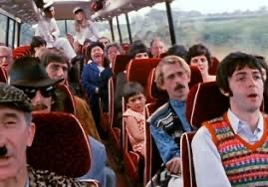
It’s not difficult to work out why the film was a complete flop in the eyes of the Boxing Day audience. The obvious reason was its unstructured, scattergun approach to narrative and much of its self-indulgence. Although not a problem for me, the Great British Viewing Public were not ready for that, and probably still aren’t. To be fair, in those days ITV broadcast Harold Pinter plays at peak viewing times, but they weren’t that popular. Ken Loach had released Cathy Come Home the year before which had employed a naturalistic approach to narrative and even used non-professional actors and although completely different in tone, MMT had used similar techniques. Tony Barrow, the Beatles’ Press Officer at the time, had said that the film was made to be viewed in colour and BBC 1 did not broadcast in colour at that time. Only BBC 2 broadcast colour programmes but precious few people had colour receivers anyway. And he had a point. A deliberately psychedelic experience must be viewed in colour, that’s what psychedelia is all about. So viewers missed out on a huge, vivid, sensory element of the film. Whether that would have saved it from the savaging it received though, is unlikely. But had it been originally released in cinemas, this might have made a difference. It would have been predominantly younger people and Beatles’ fans who would have gone to see it and fewer older, more conservative viewers would have and maybe the criticism might not have been quite so brutal. In the early sixties one theatre critic described Harold Pinter as throwing a Molotov cocktail into the sherry party that was British theatre. I would argue that this is what The Beatles did to British television, only it was a huge spliff they threw in and most viewers didn’t know what to do with it.
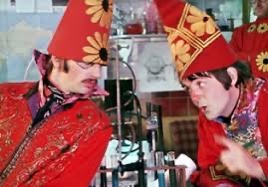
I’m convinced that The Beatles had, inadvertently, invented a new genre of film and were building on the neo-realism of certain European films. A type of film where the narrative is fluid, where characters that seem to have little in common are allowed to shine, where nostalgia meets surrealism in the most striking of ways, where the comedy of juxtaposition is allowed to happen naturally, and where narrative sense isn’t the absolute aim of the artistic endeavour, all performed in an explosion of colour and unfettered joy. What we were watching was not unlike a British Fellini film. With some bizarre, offbeat and psychedelic but visually stunning Beatles-at-their-best musical interludes thrown in and we have an artefact that people had not seen before but would become commonplace in years to come.
I’m fully aware that I’m discussing this film over 50 years after its release and, of course, attitudes and approaches to film-making and viewing have changed massively. There’s also a chunky layer of nostalgia propping it up for people like myself. But this was how The Beatles wanted to be seen, wanted to be judged and share their weird vision with us. It subsequently influenced many future writers and film-makers. And it should be remembered that new genres are not defined in one moment but MMT certainly lit the blue touch paper for many of the looser narrative, more abstract films that followed.
There was a refined taste that existed within our society for the unusual, the strange, the drug-influenced fantasy. Not long after MMT, Monty Python’s Flying Circus was launched on an unsuspecting audience and, after a quiet opening period, exploded into our consciousness. Comedy would, thankfully, never be the same. And it’s no coincidence George Harrison was a huge fan of Python and Ringo even made an appearance in Monty Python, with Lulu of all people, in Series 3, Episode 2 on October 26 1972. In 1975 the Python team looked into the possibility of the almost forgotten MMT being the support film to Monty Python and the Holy Grail. Michael Palin, in his Diaries: The Python Years, refers to one of the meetings regarding this possibility on January 10th 1975 and emphasises how keen all of the Pythons were for it to happen. Although the two parties met on a few occasions, the idea fizzled out, which was a shame as the two films would have complimented each other beautifully.
And there’s another aspect to it that I don’t feel has ever been really developed. The British public thought they knew The Beatles personally, such was the Beatles stranglehold on popular culture, they also thought they owned The Beatles. The band were so ubiquitous that if they stepped out of line they were defying you. And such was the case with MMT. The public felt The Beatles were putting two fingers up at them, we’re The Beatles and we can do what we bloody-well want and there’s nothing you can do about it! ‘Well, we’ll see‘ replied the Great British Public. The same happened when John went off with Yoko. The public hated that. Not only was she Japanese, but she was perceived as ugly and weird and we don’t want her in our family. Yoko was the most horrendously reviled and ridiculed person on British TV during the late 60s as she was not deemed good enough or beautiful enough or ‘normal’ enough for one of ‘our’ Beatles and she was, of course, blamed for splitting the band up. No wonder John decided to go and live in America. The same happened with McCartney. Linda was also thought to be below what he was capable of. Why couldn’t he have married that lovely British Jane Asher? And MMT was really the beginning of the backlash. The public didn’t want to see The Beatles change or progress, they just wanted their cuddly mop-tops. Maybe MMT was their way of saying ‘Fuck You.’ And who could have blamed them? This is why MMT is so essential and so brilliant. It was The Beatles from start to finish with no interference and it was where the more switched on, more sophisticated music fan was at the time in the UK and that’s why I love it.
The former NME writer Charles Shaar Murray summed it up for me. ‘Magical Mystery Tour evokes an era when society still seemed to be opening up rather than closing down‘, but, unfortunately for The Beatles, much of society was a long way from opening up quite enough, and in many respects it still hasn’t. But it was a magical trip for me and as far as the critical savaging went, I don’t really think The Beatles gave a shit.
So for those who get it, just roll up, sit back and enjoy the trip. You won’t regret it.
